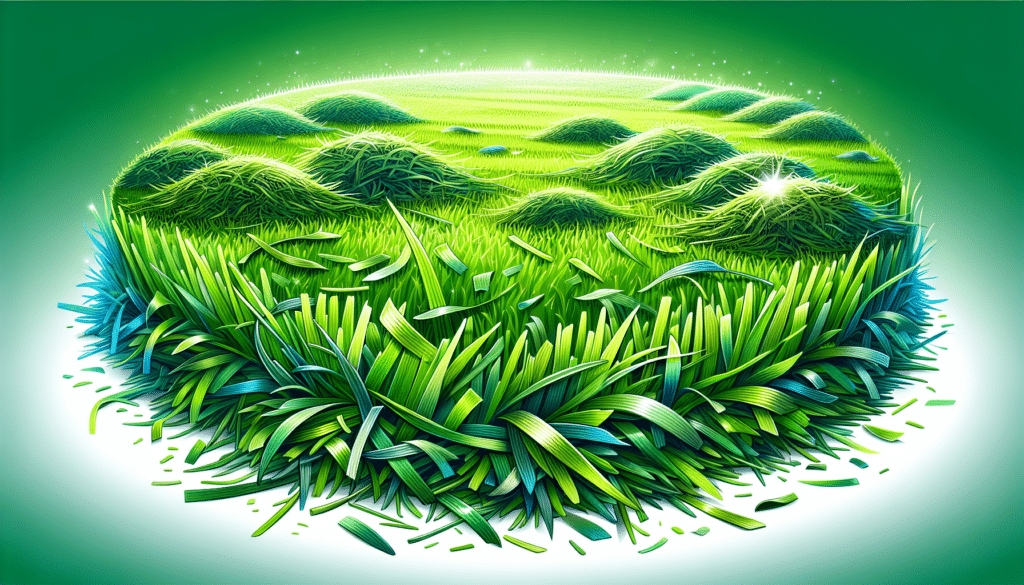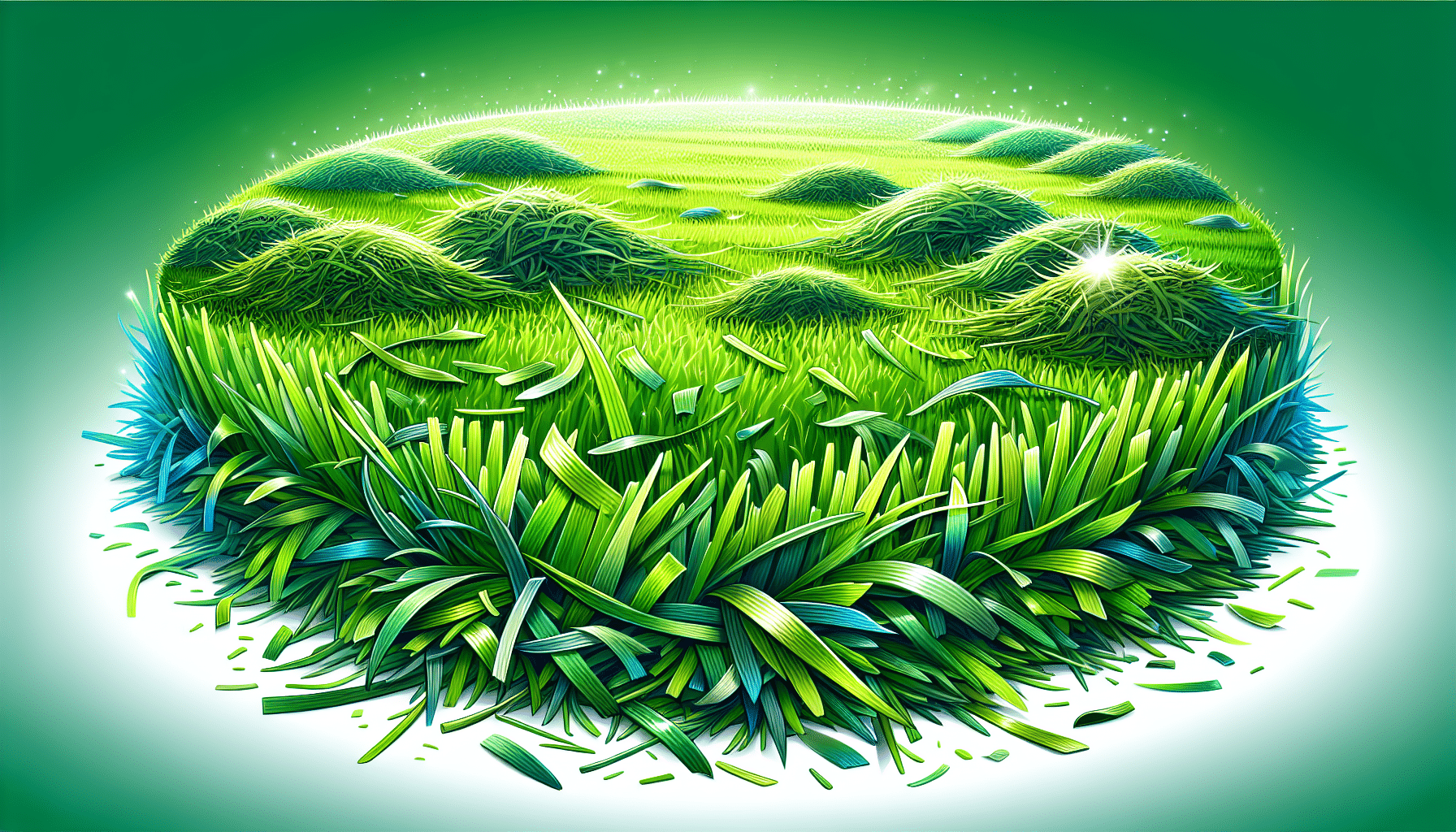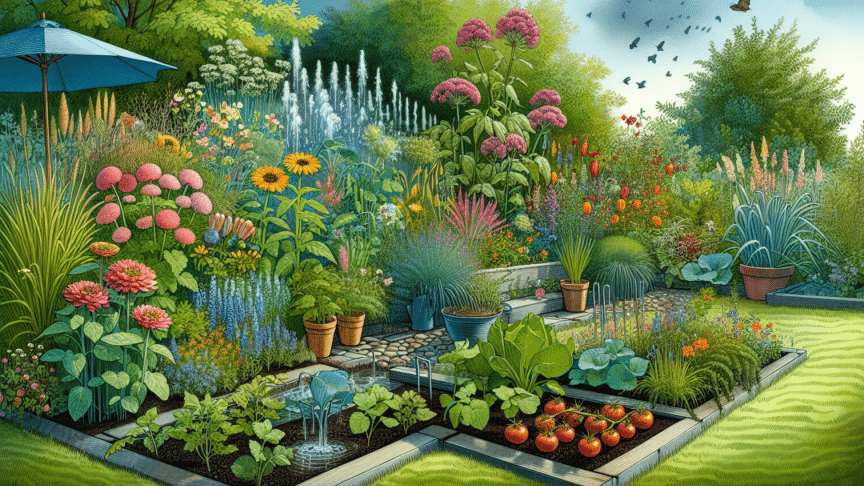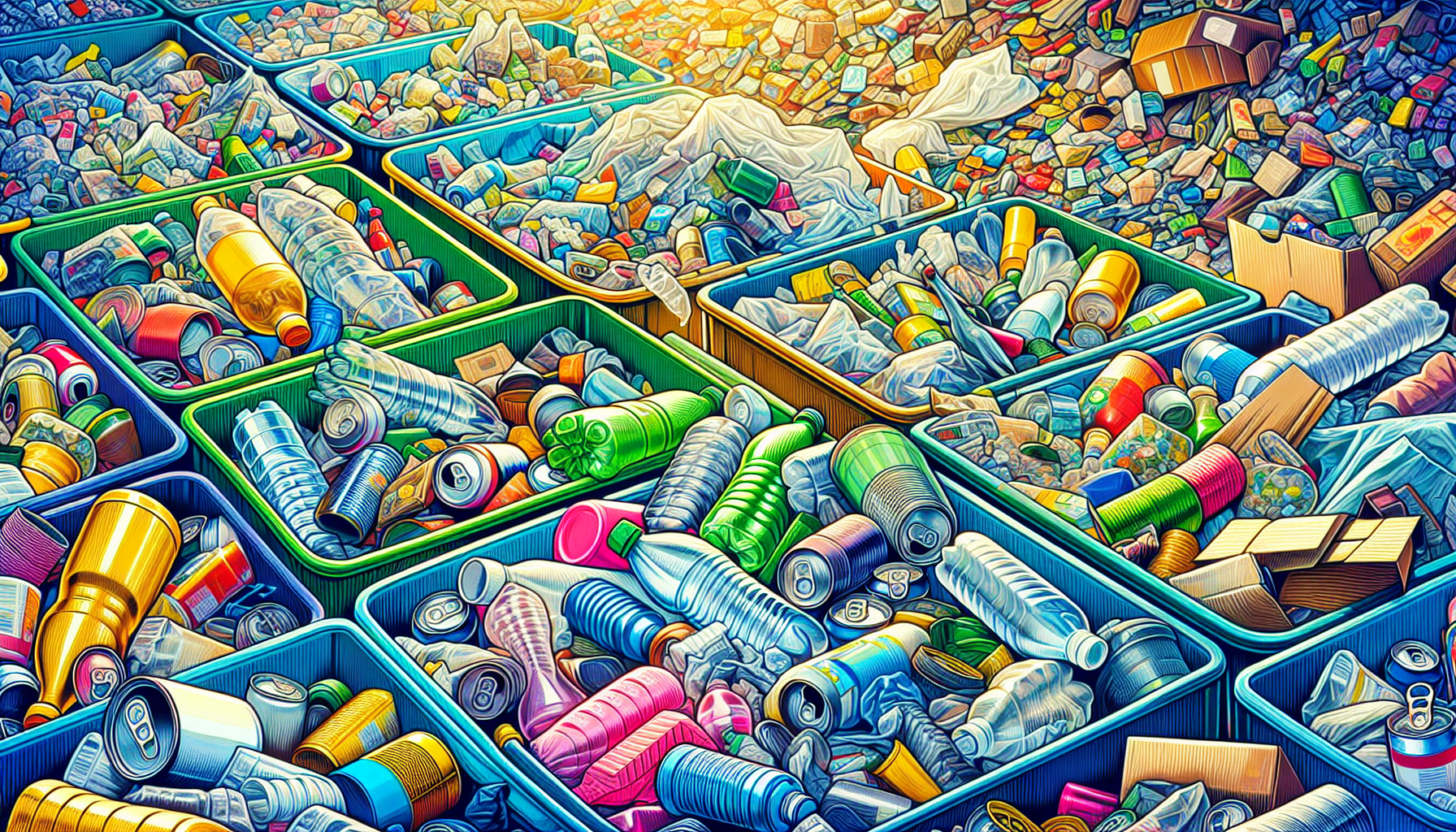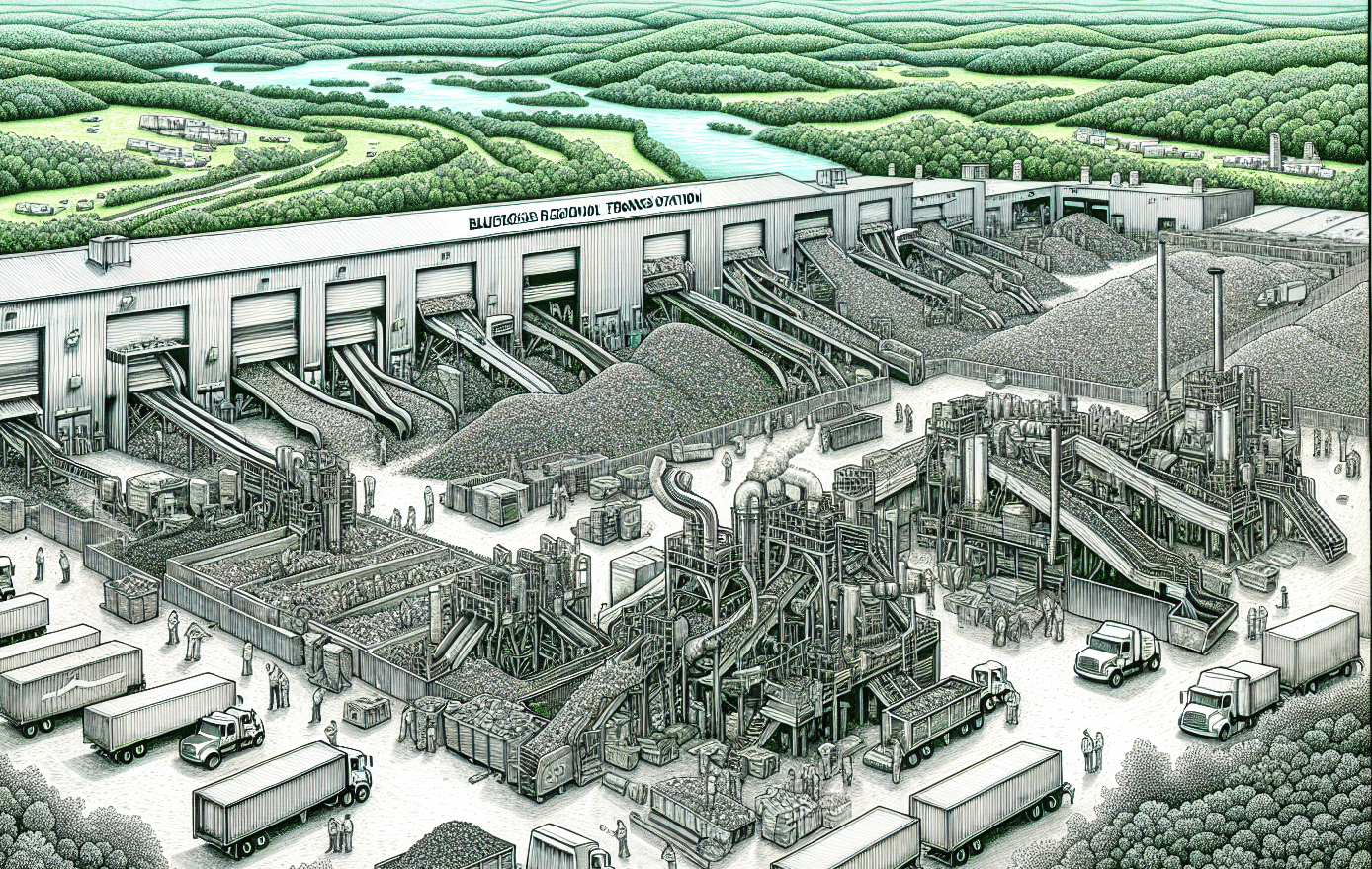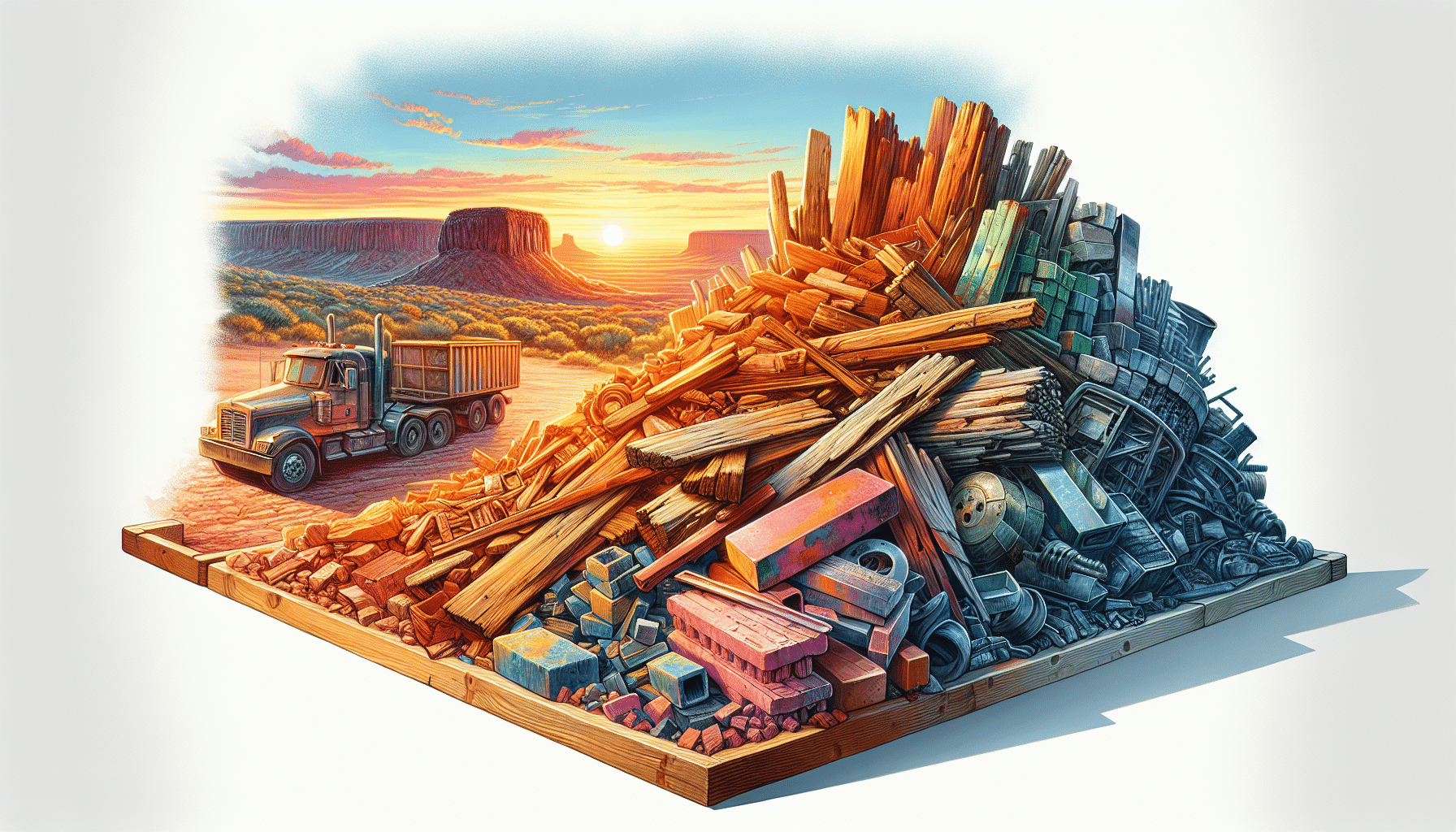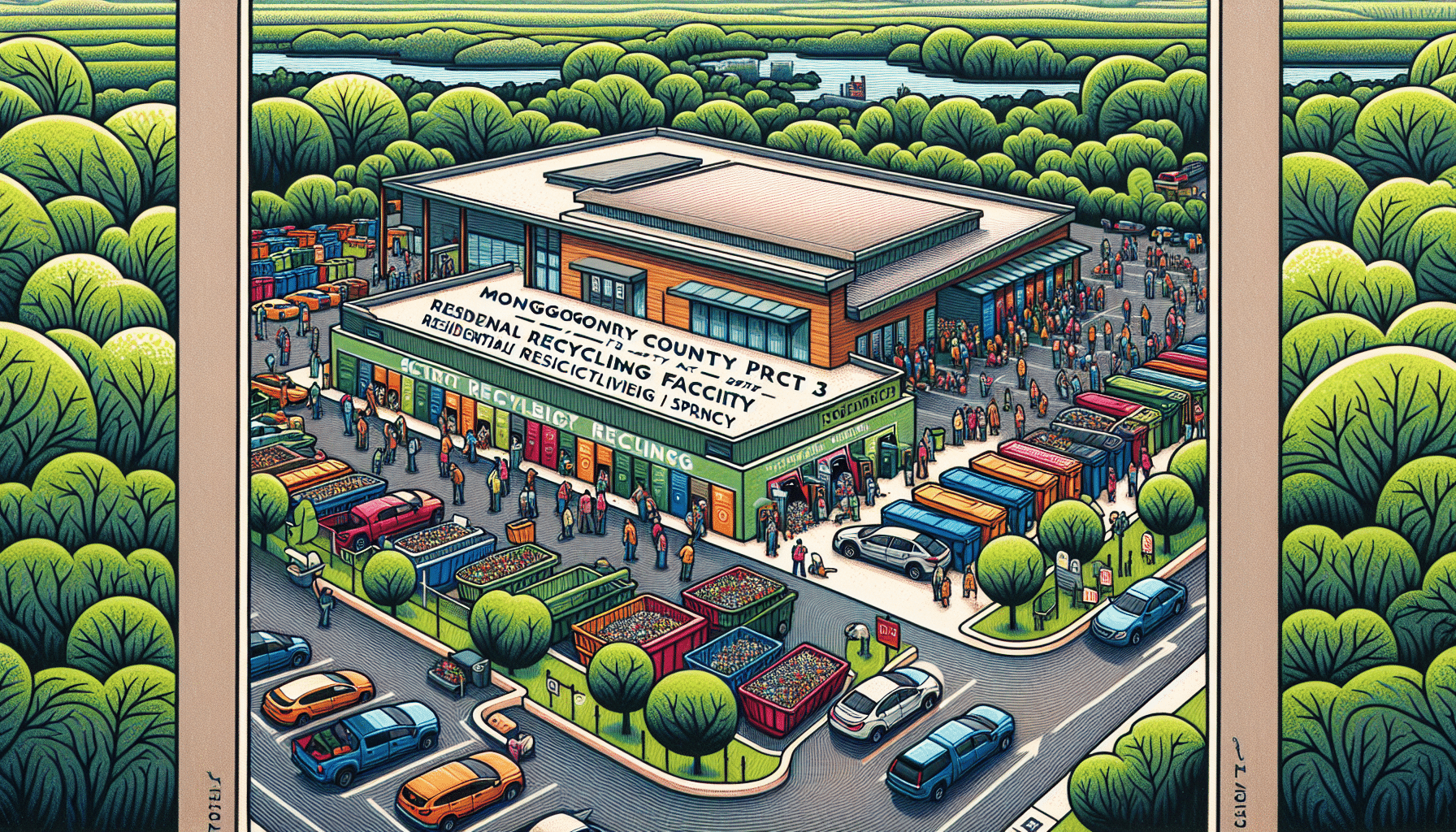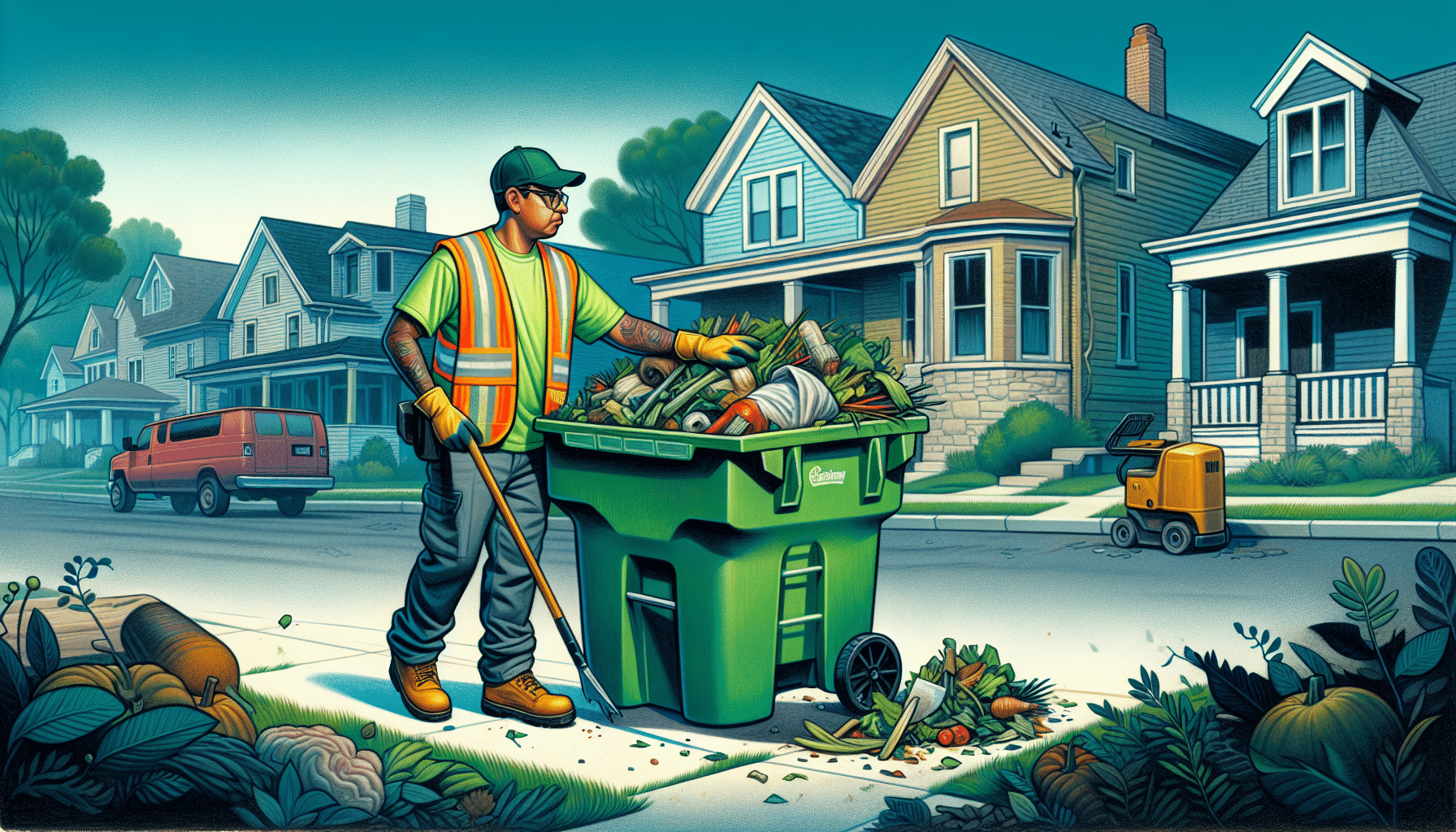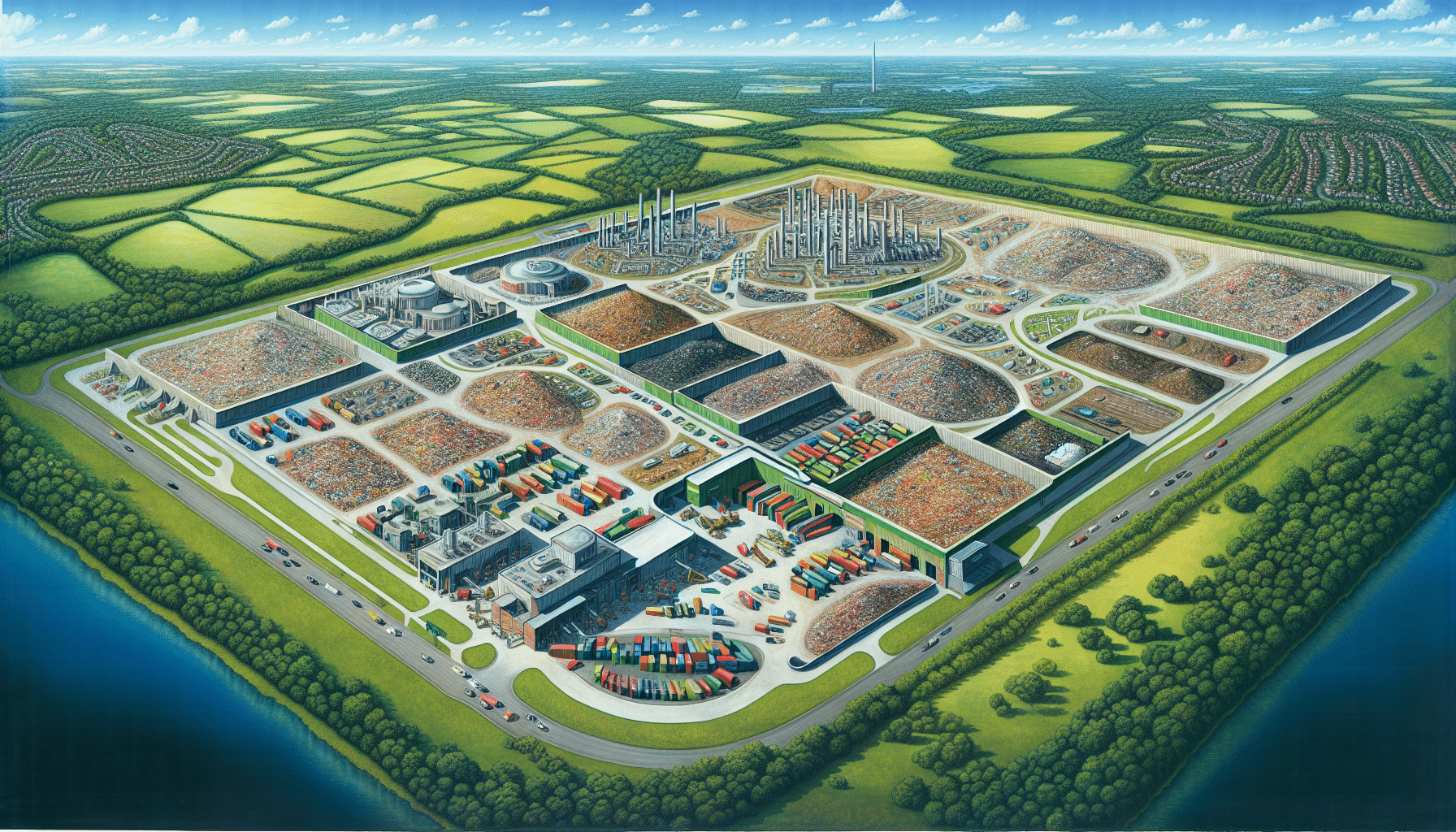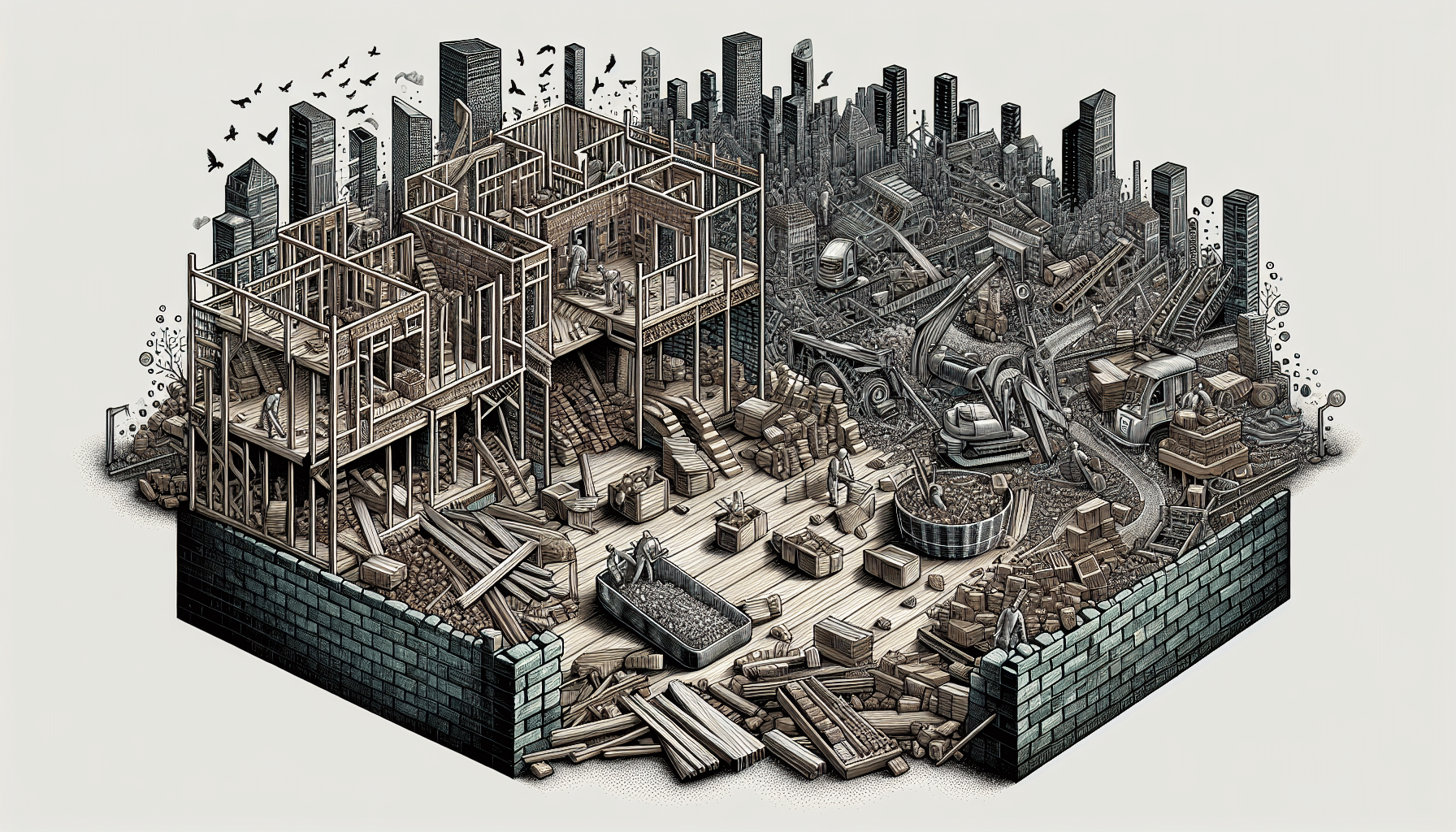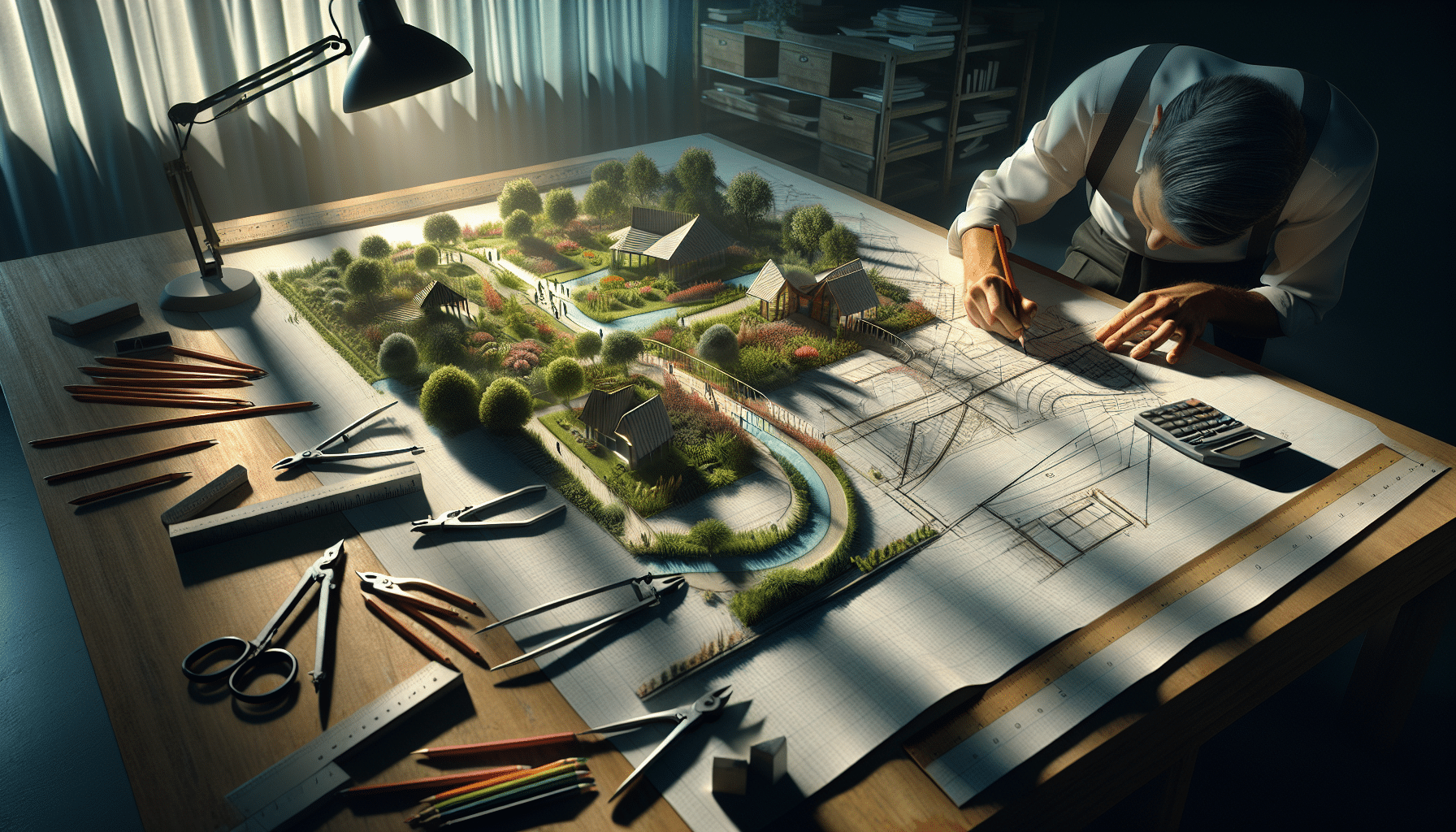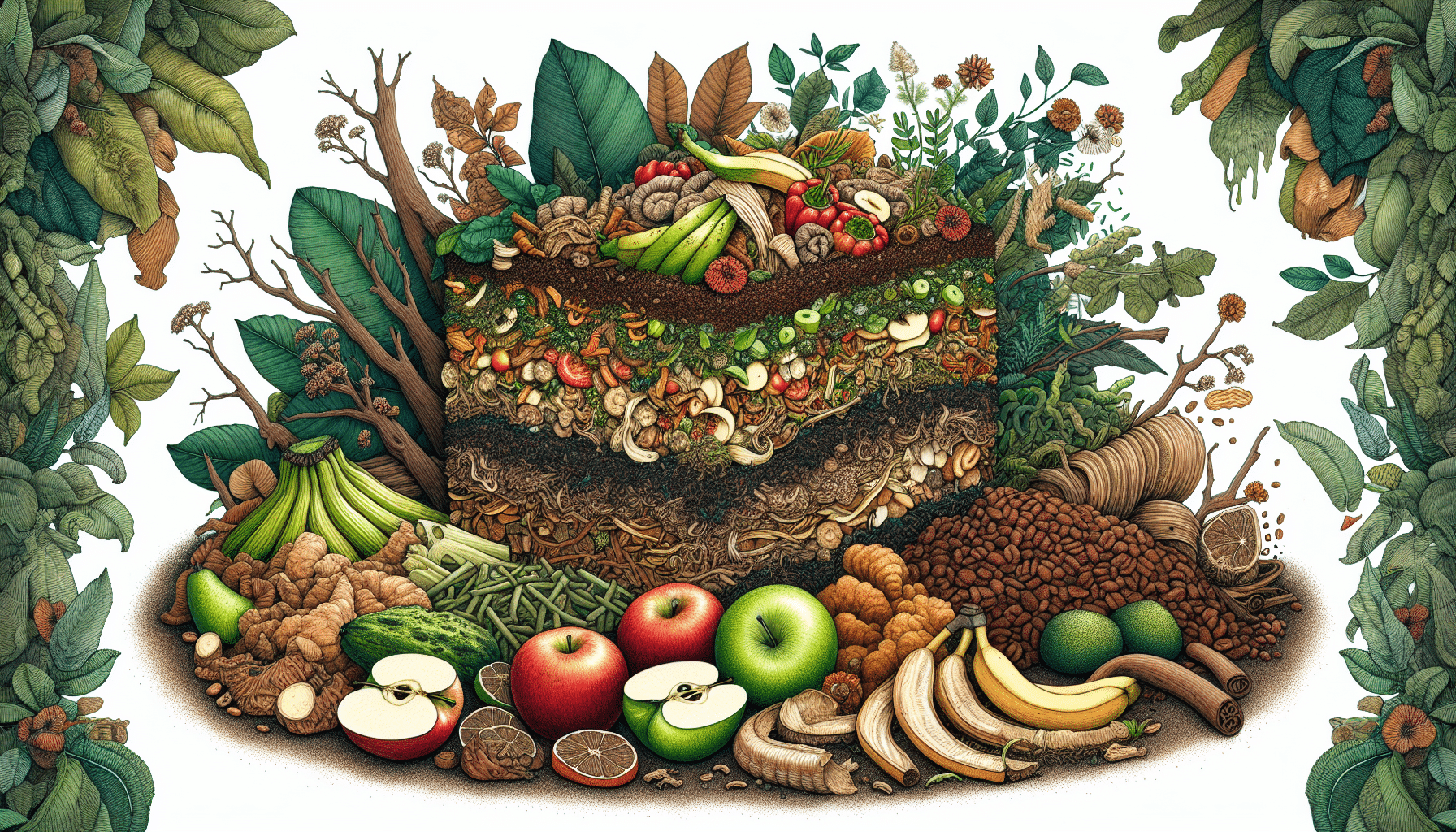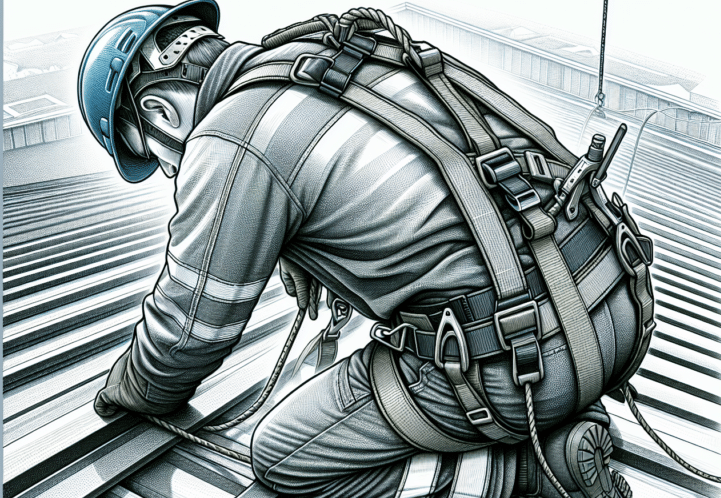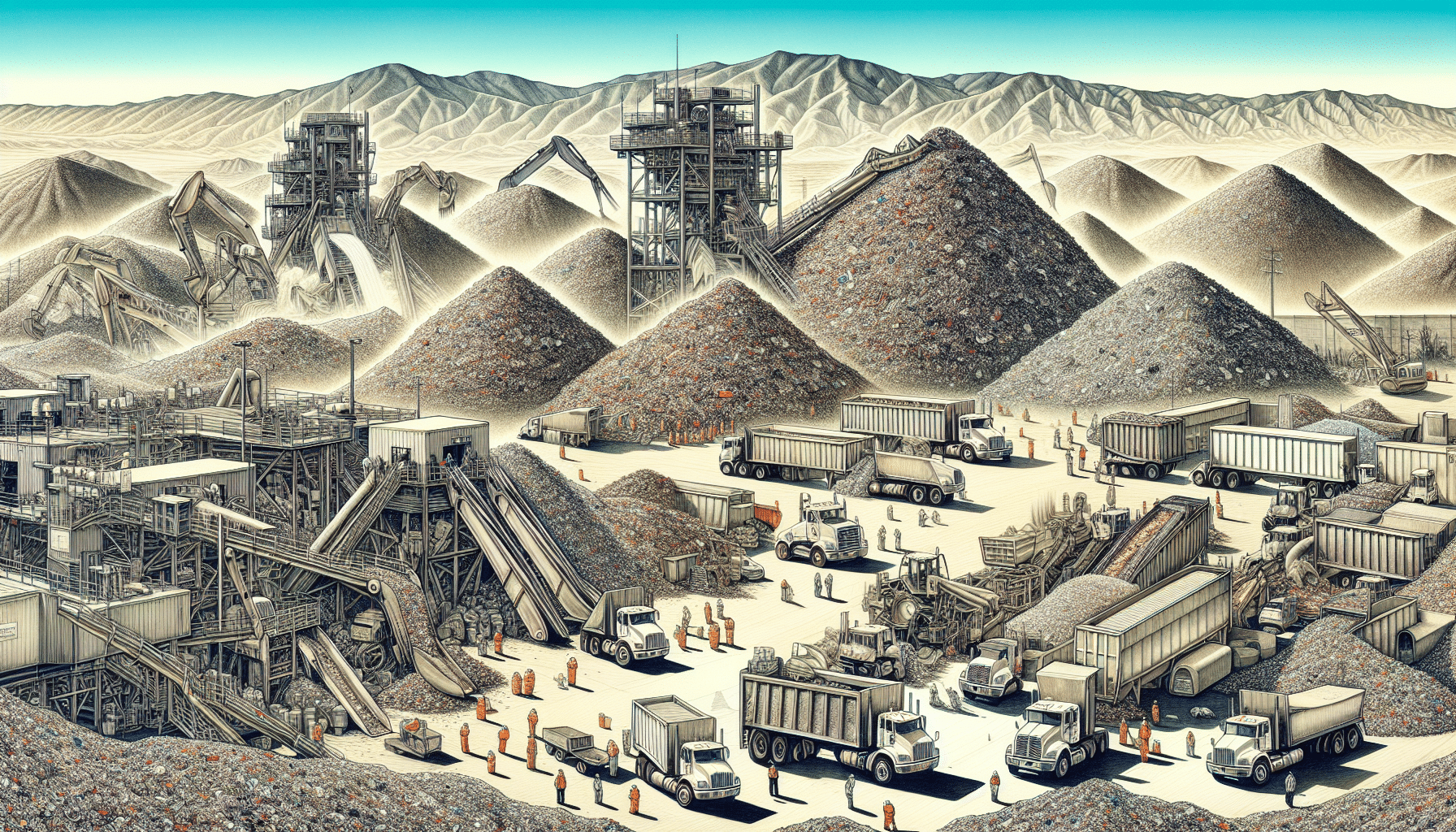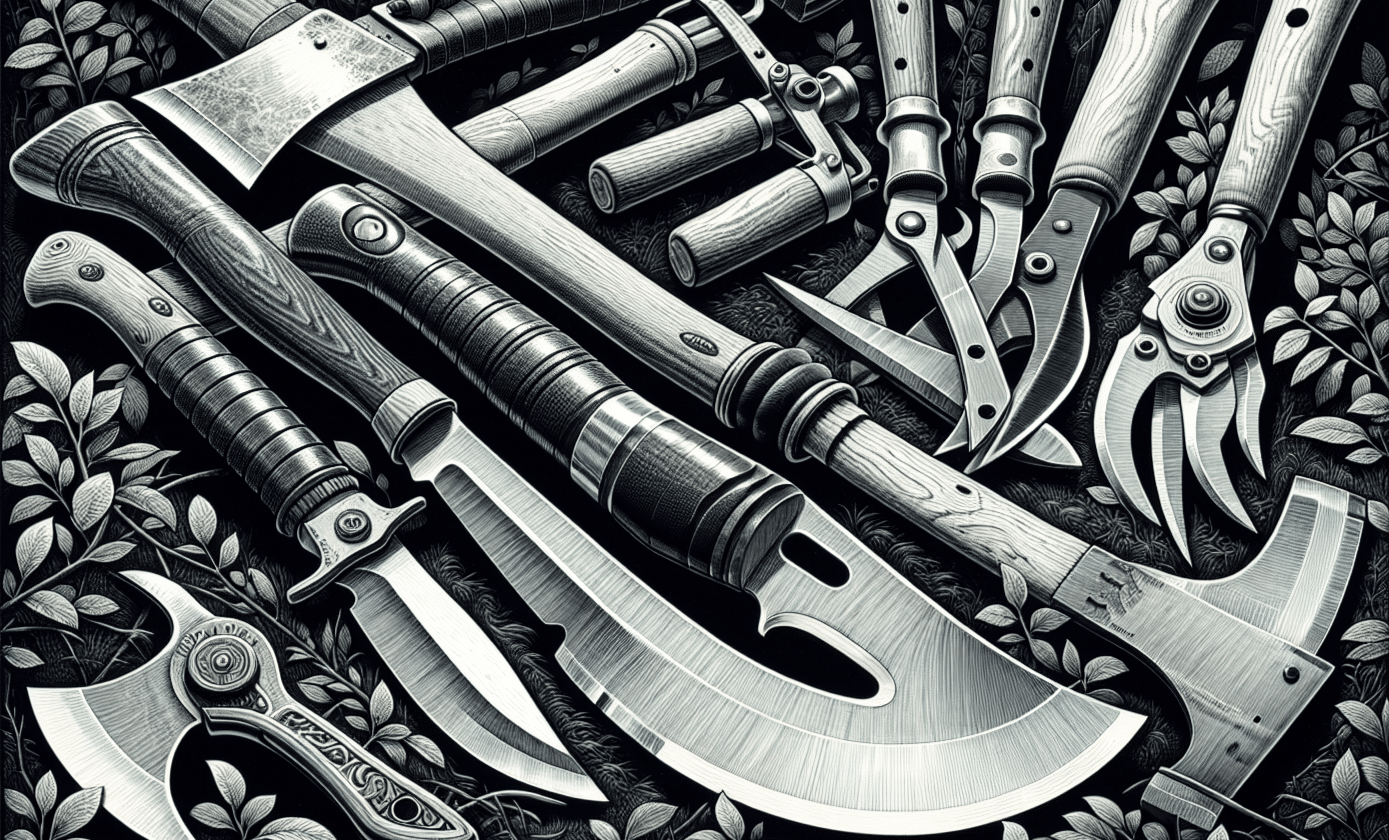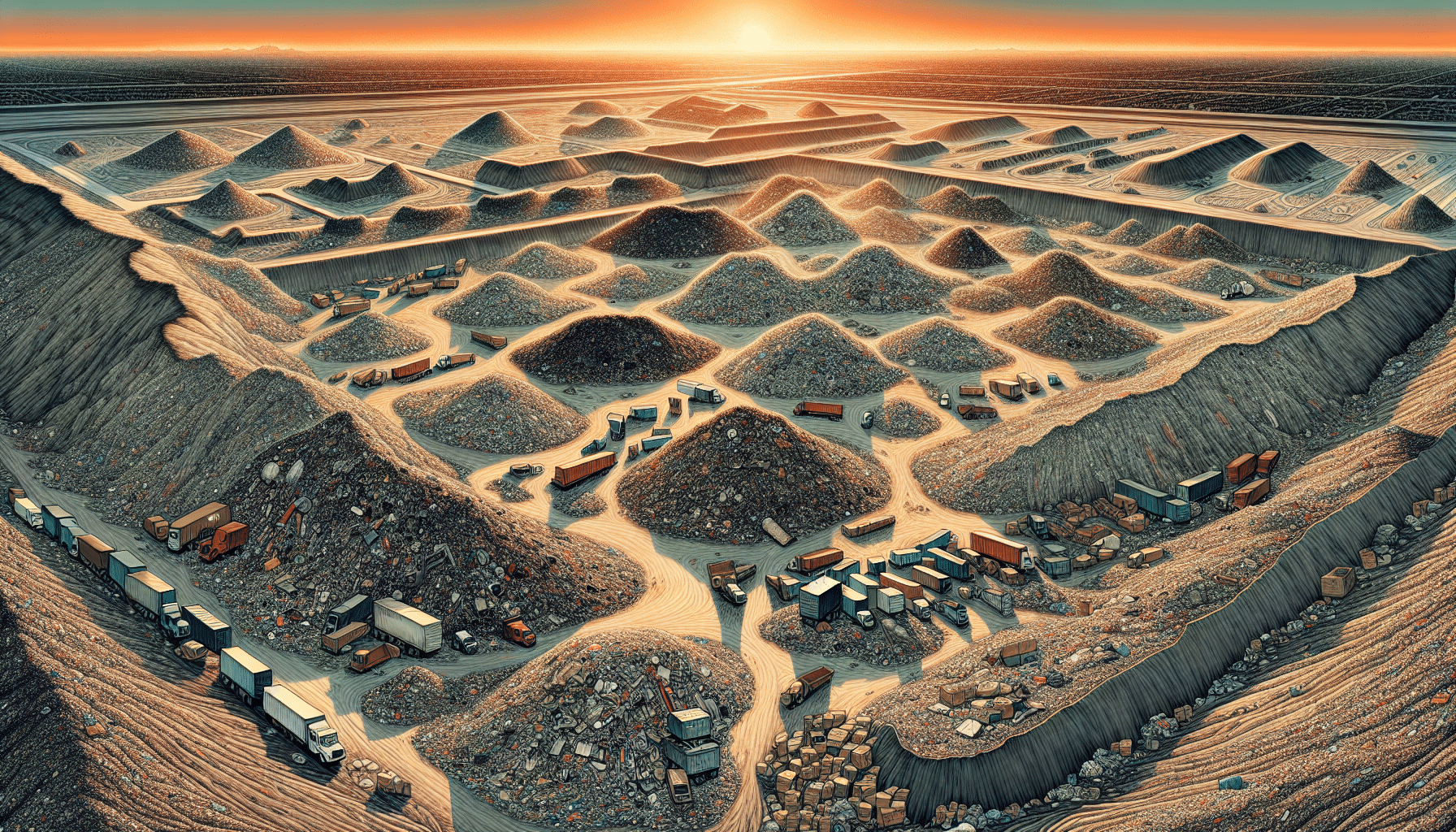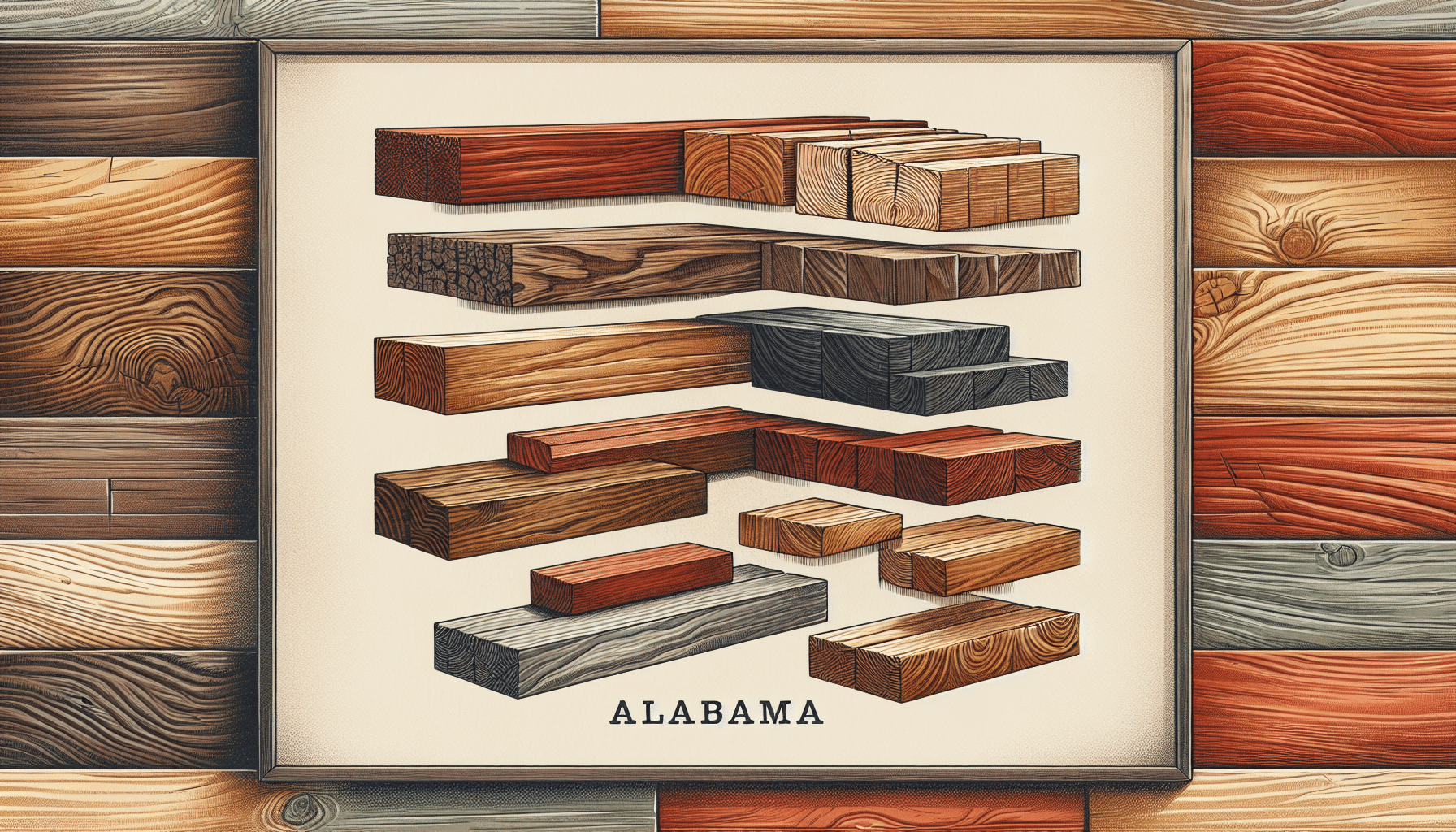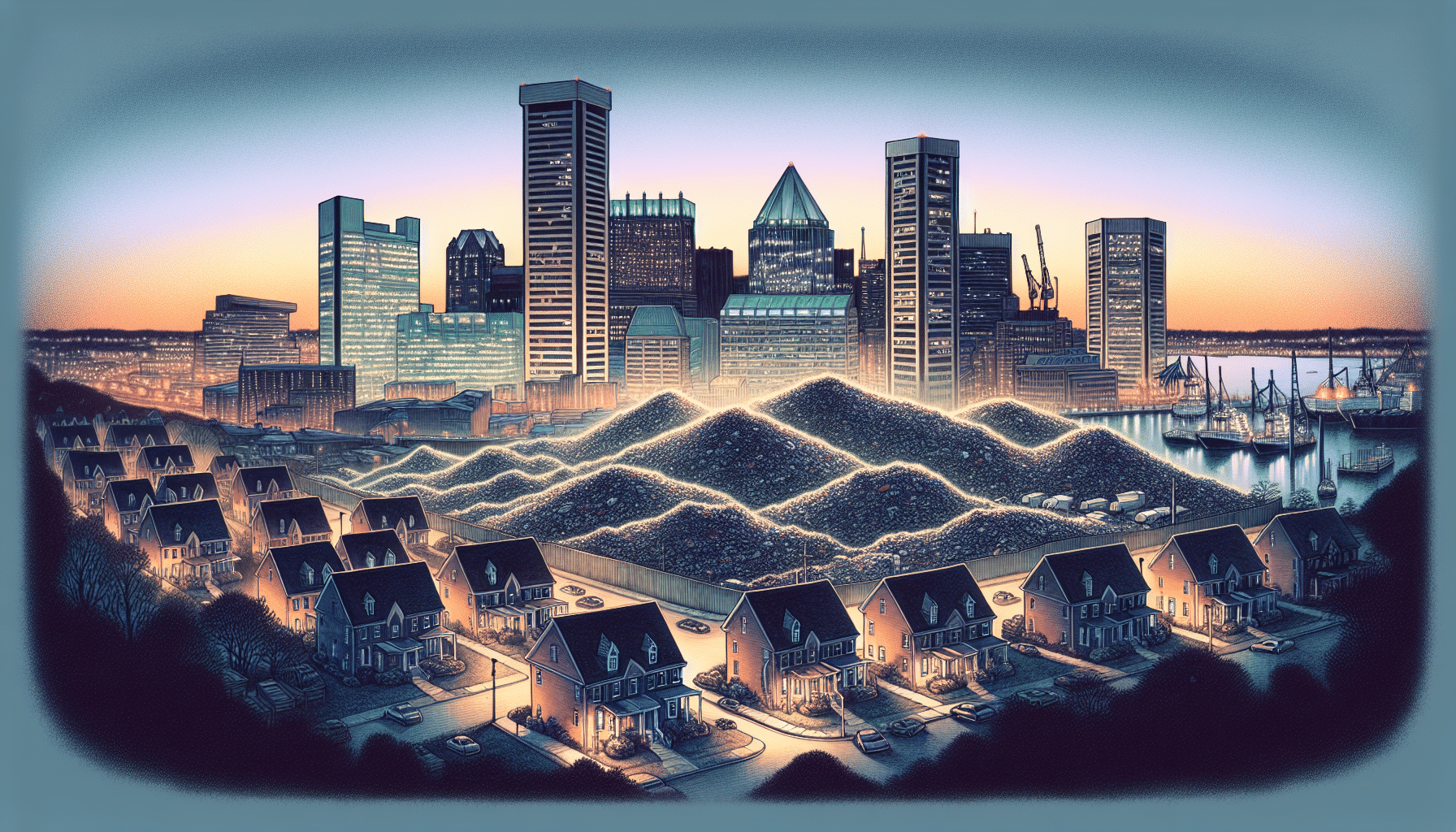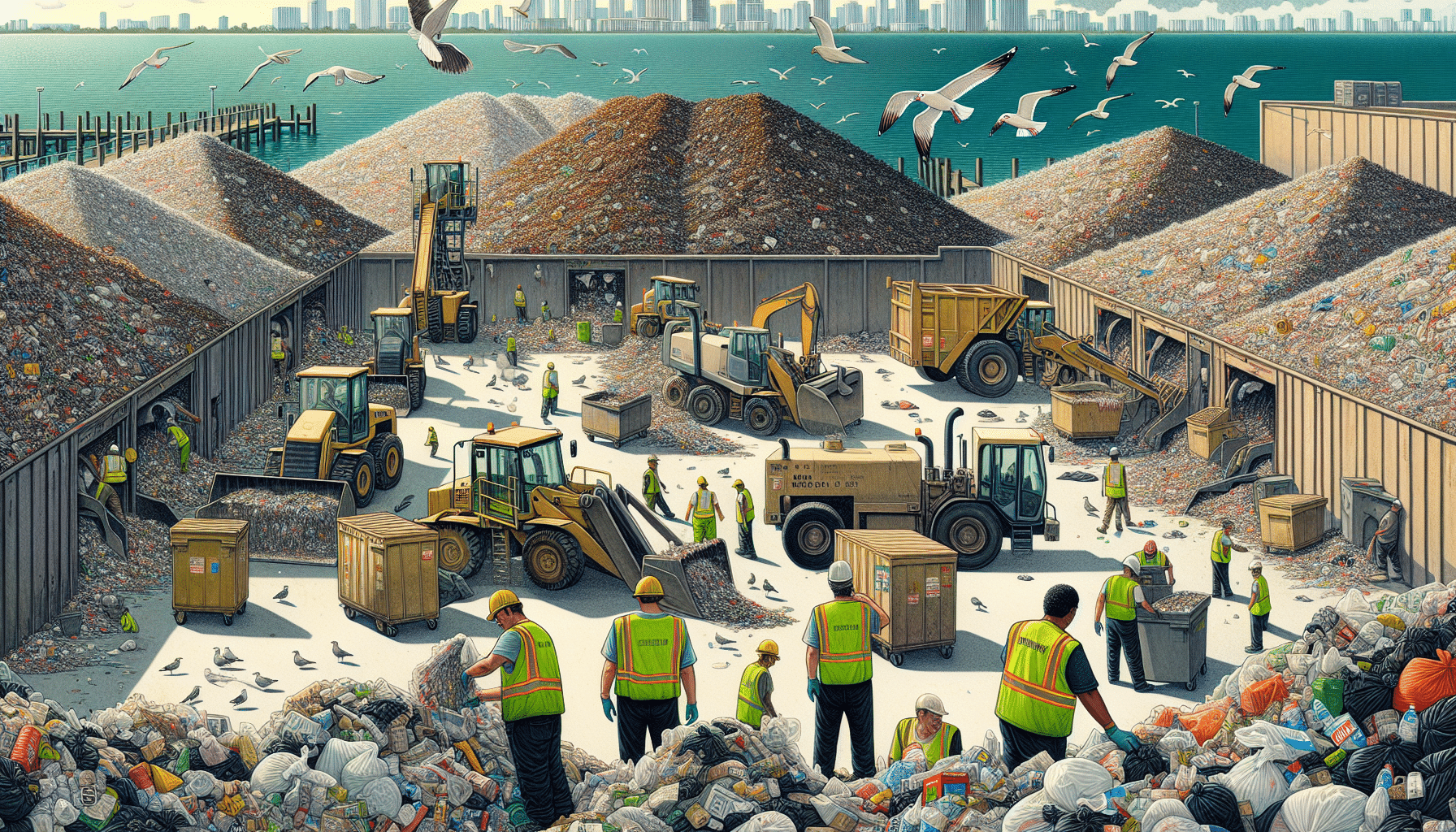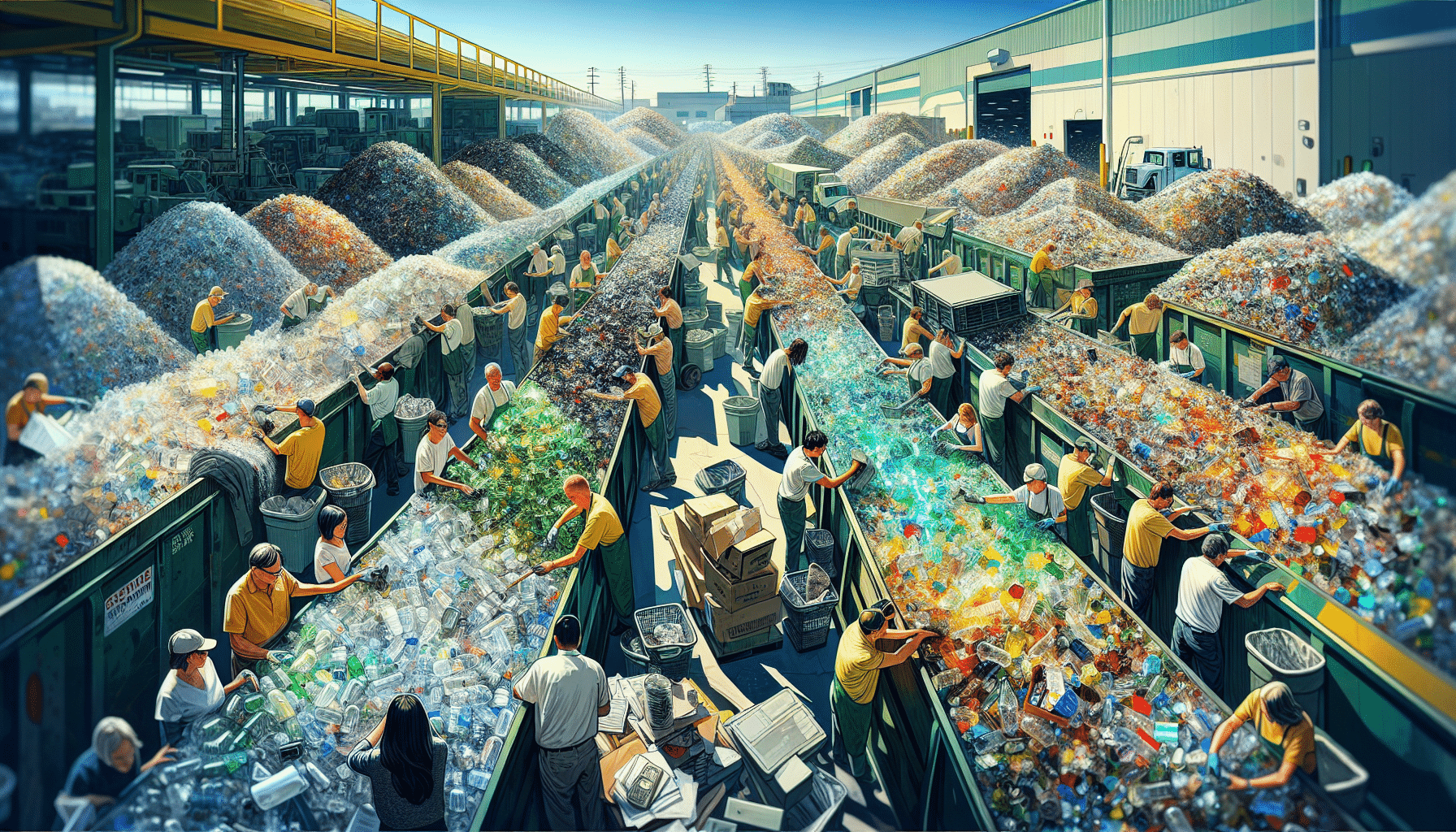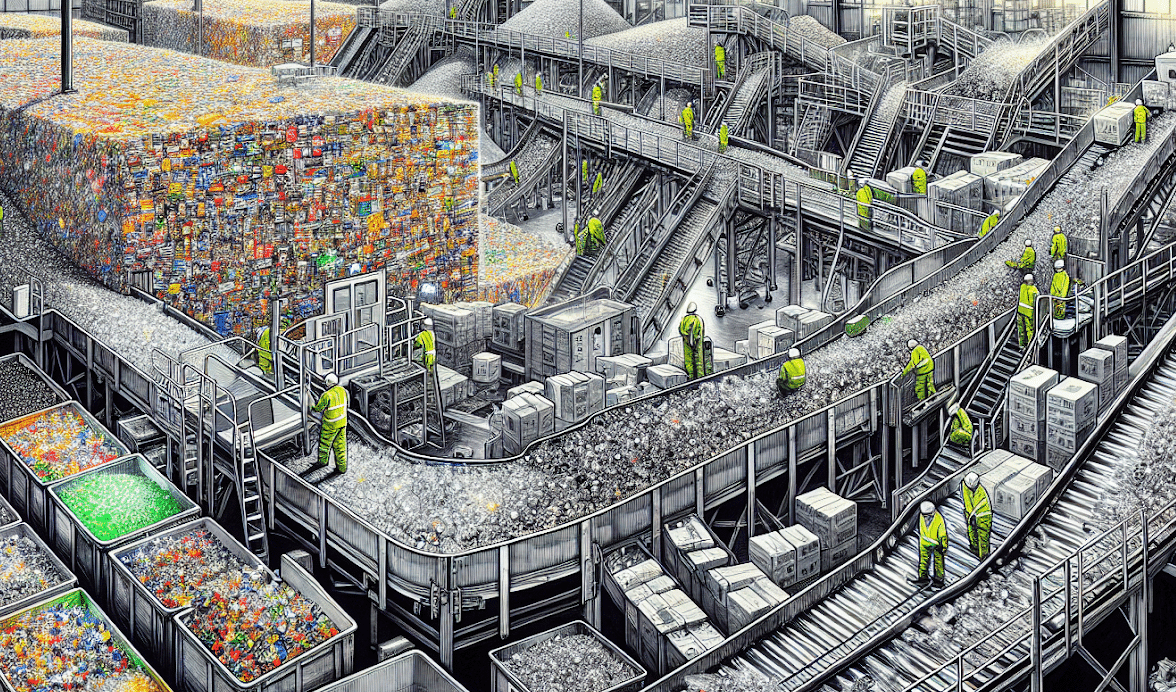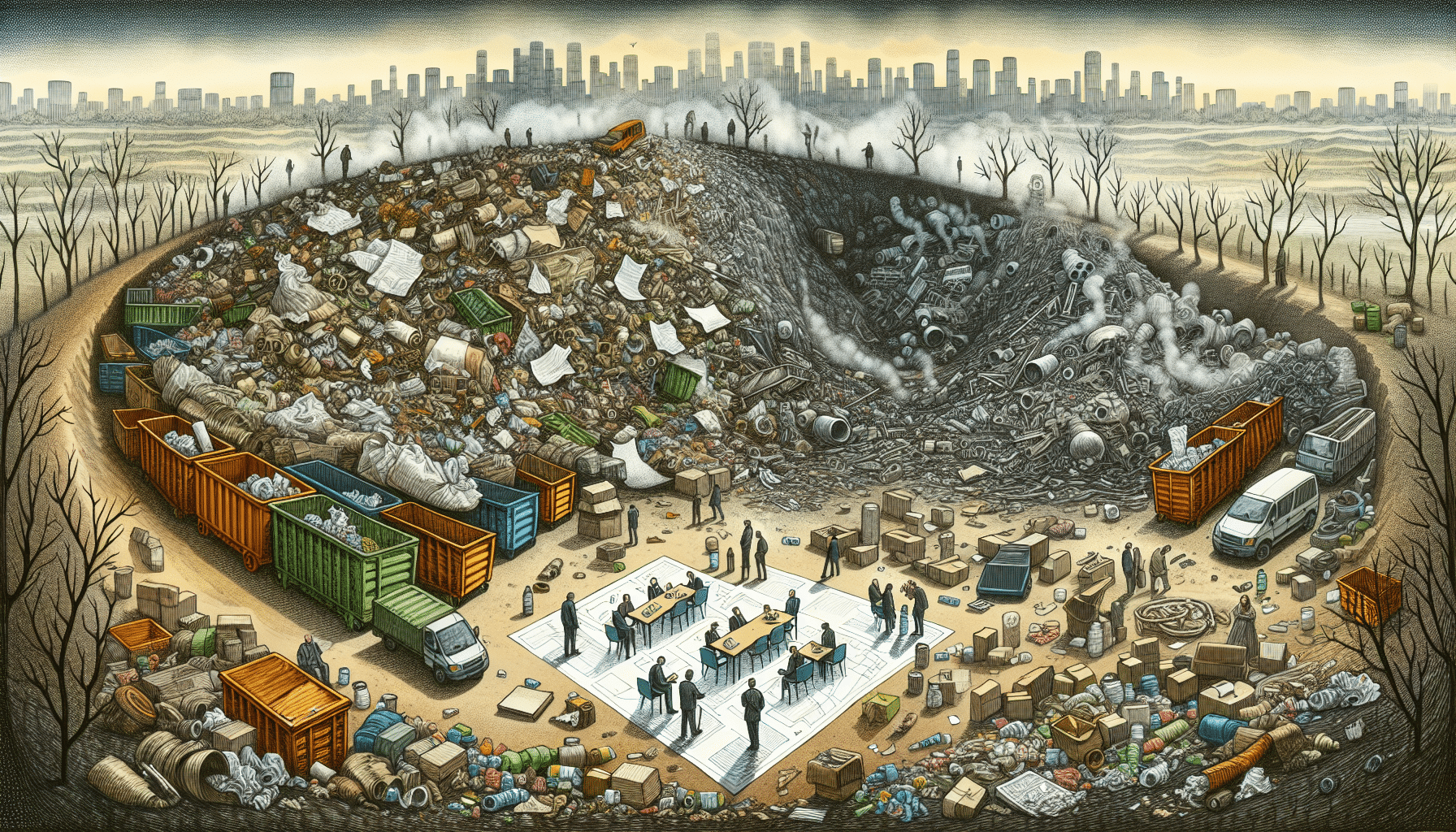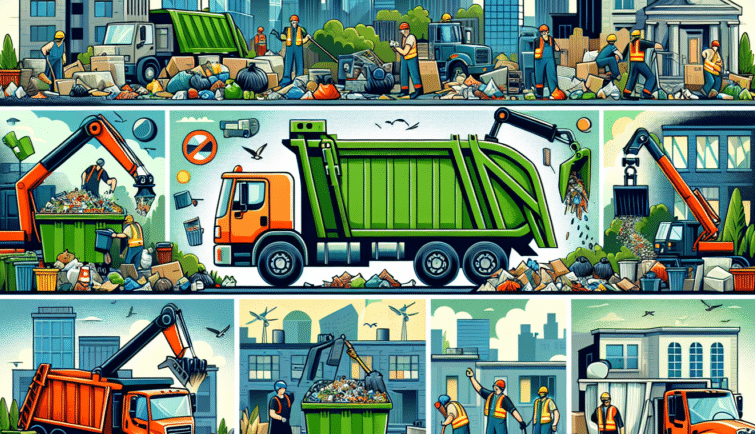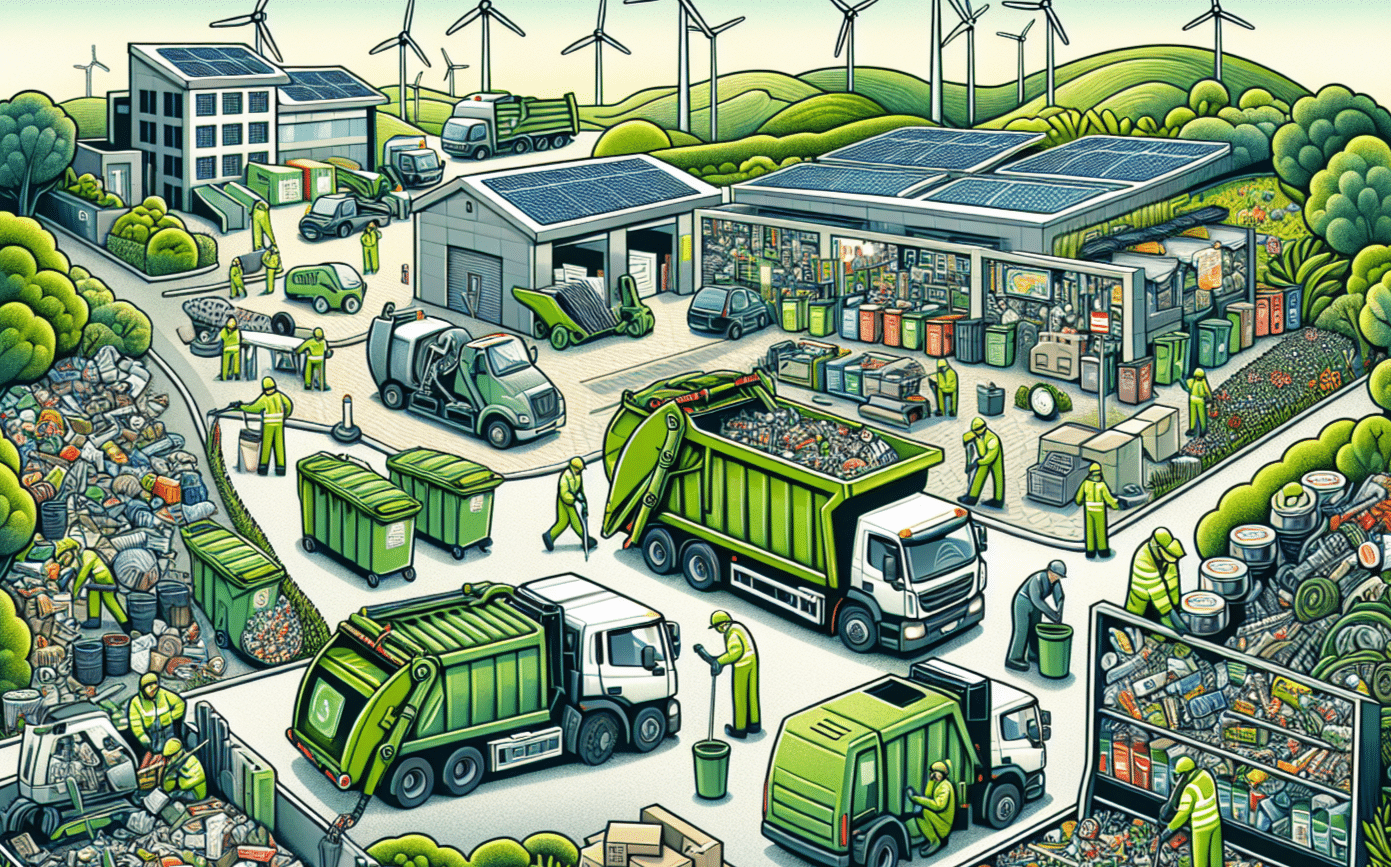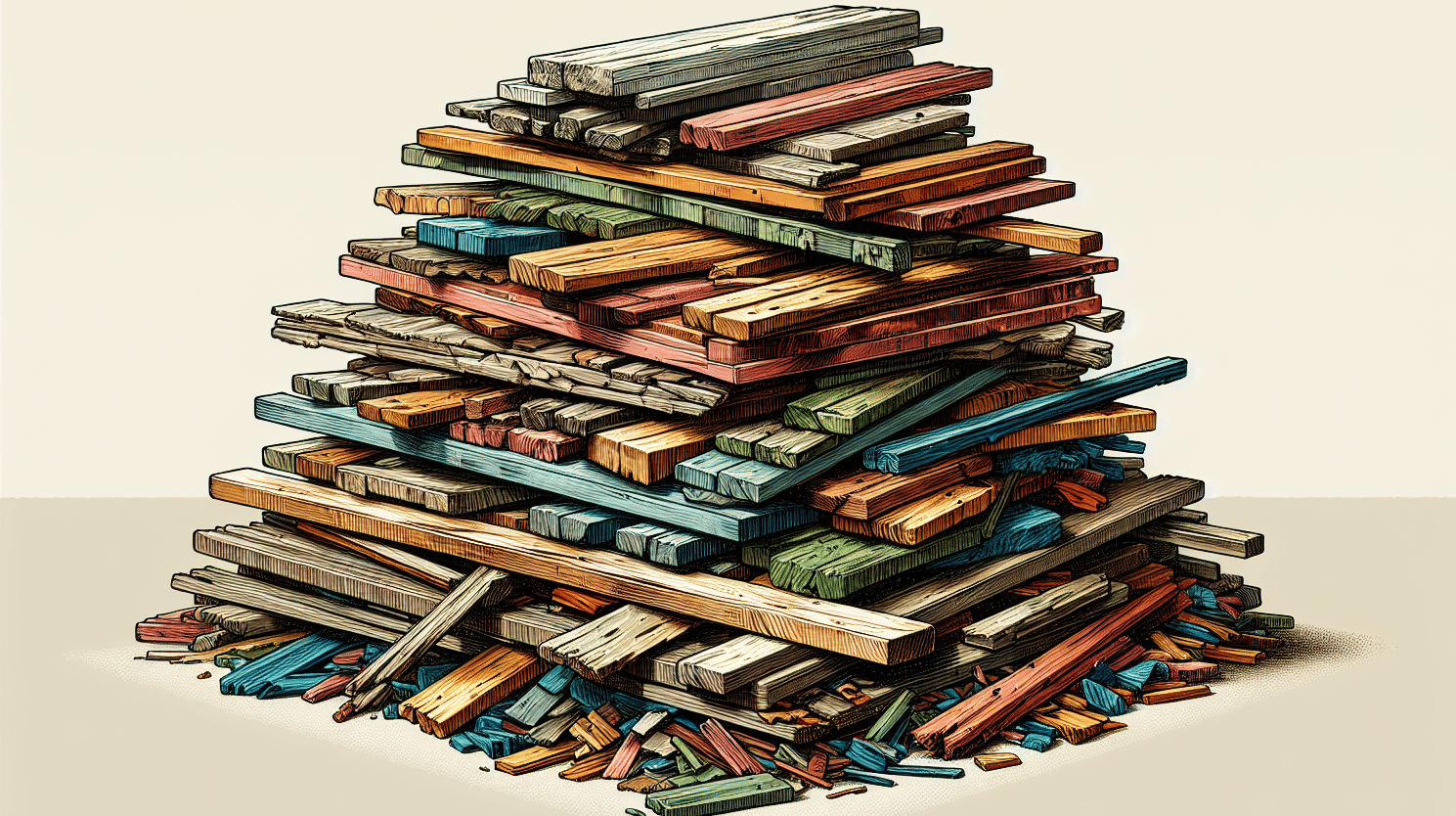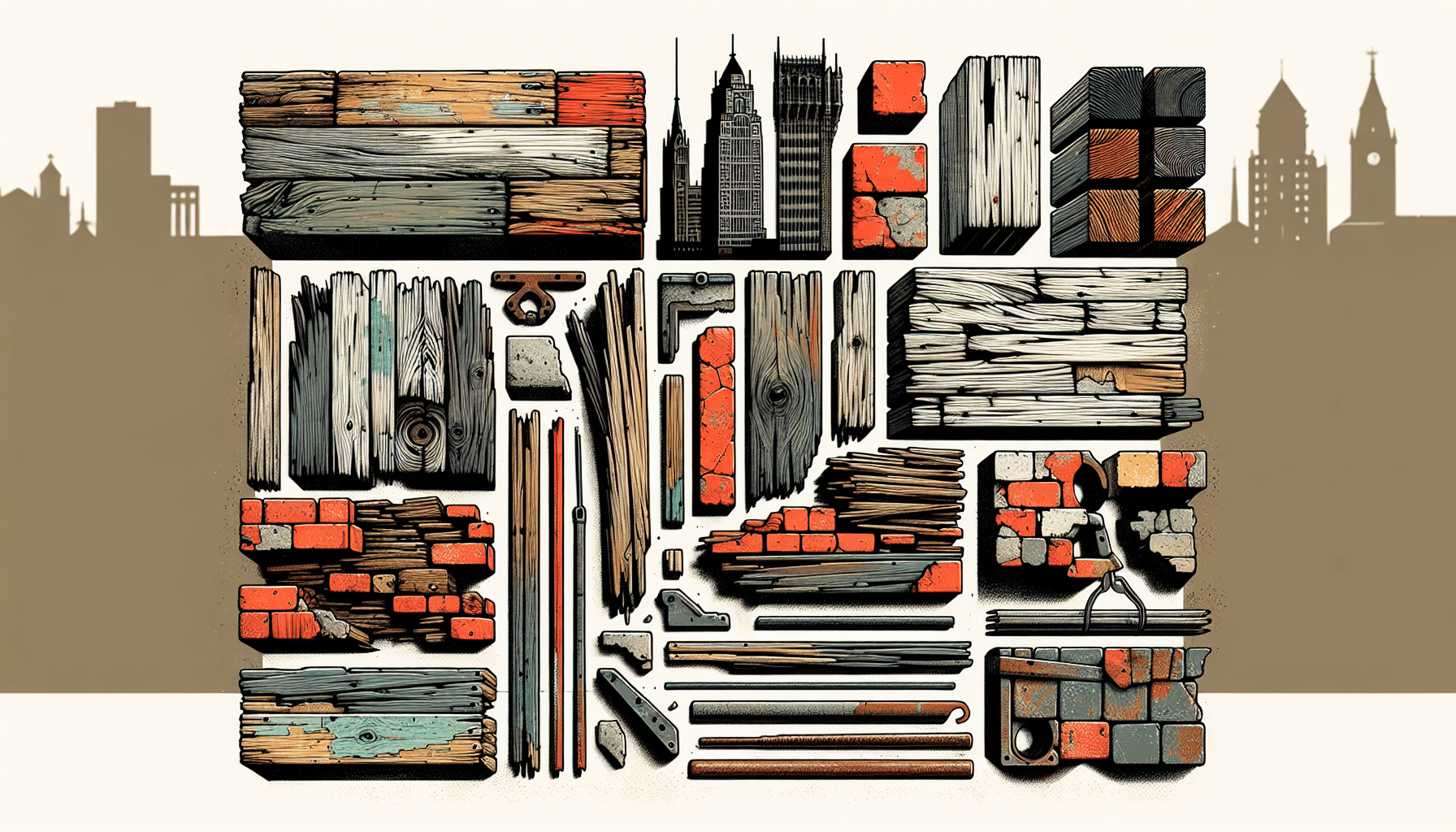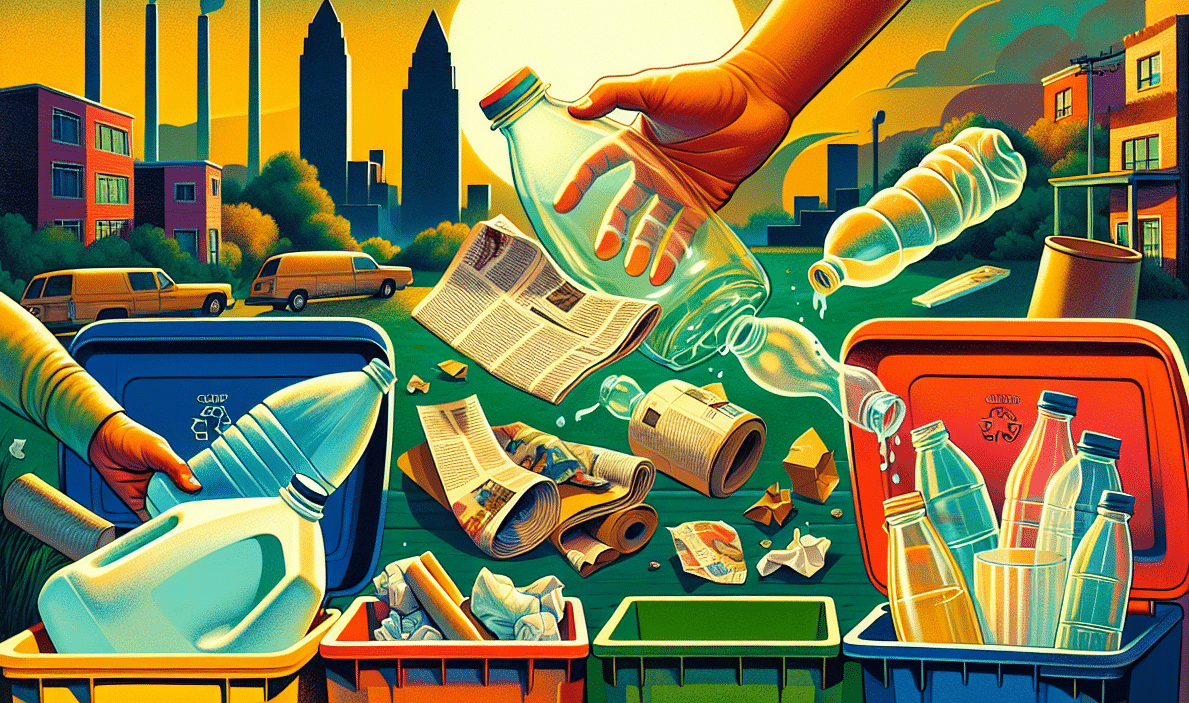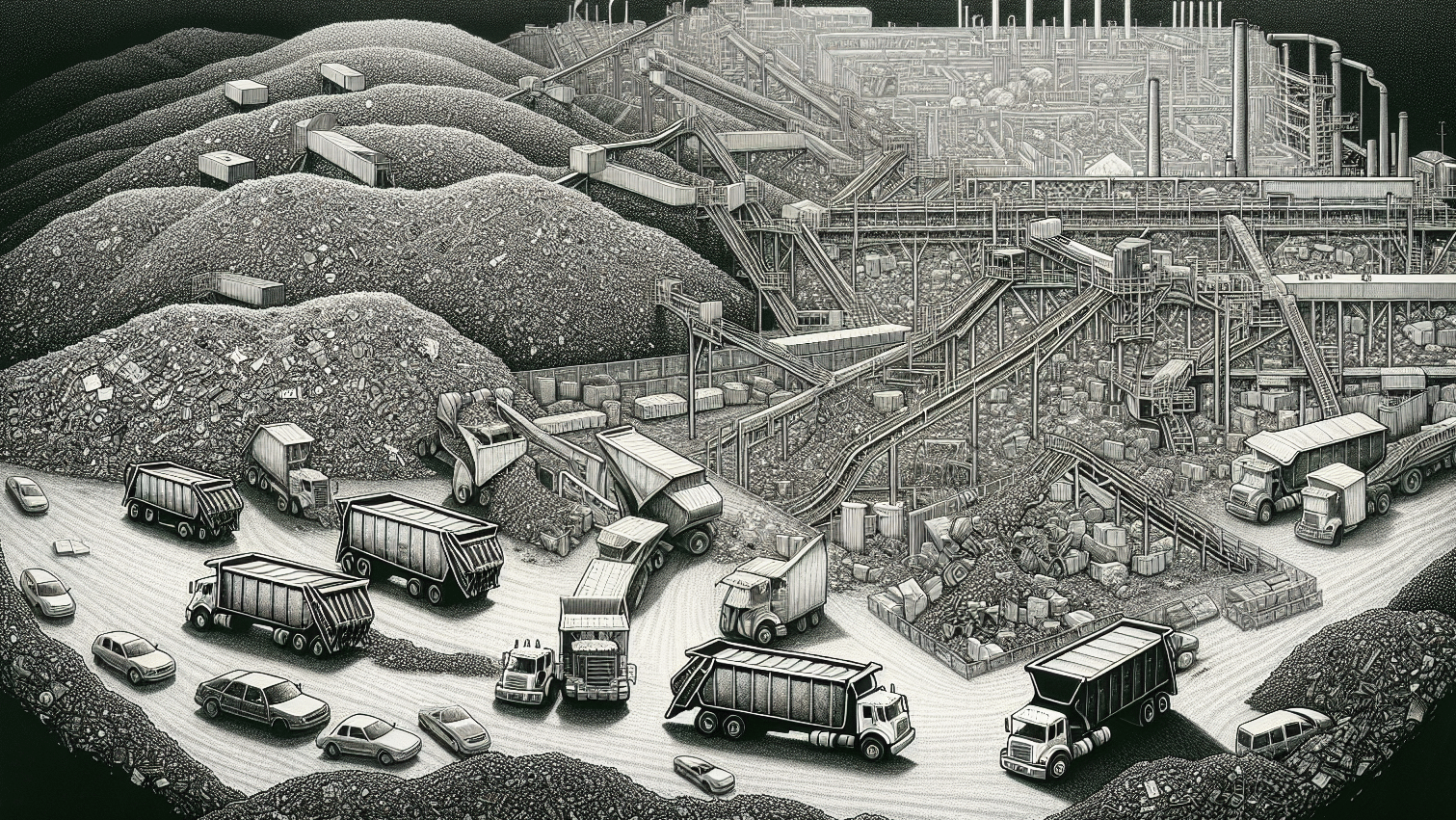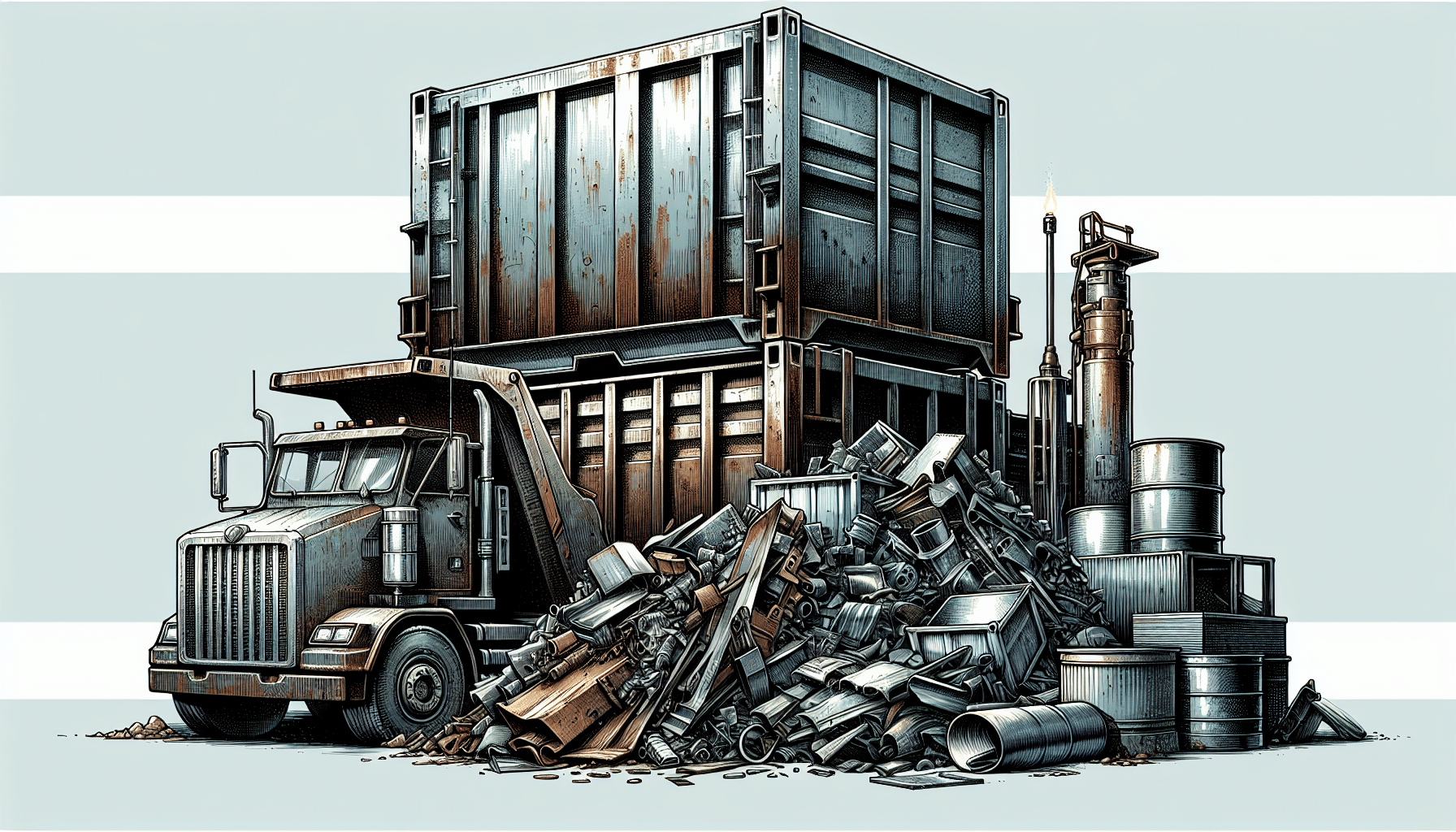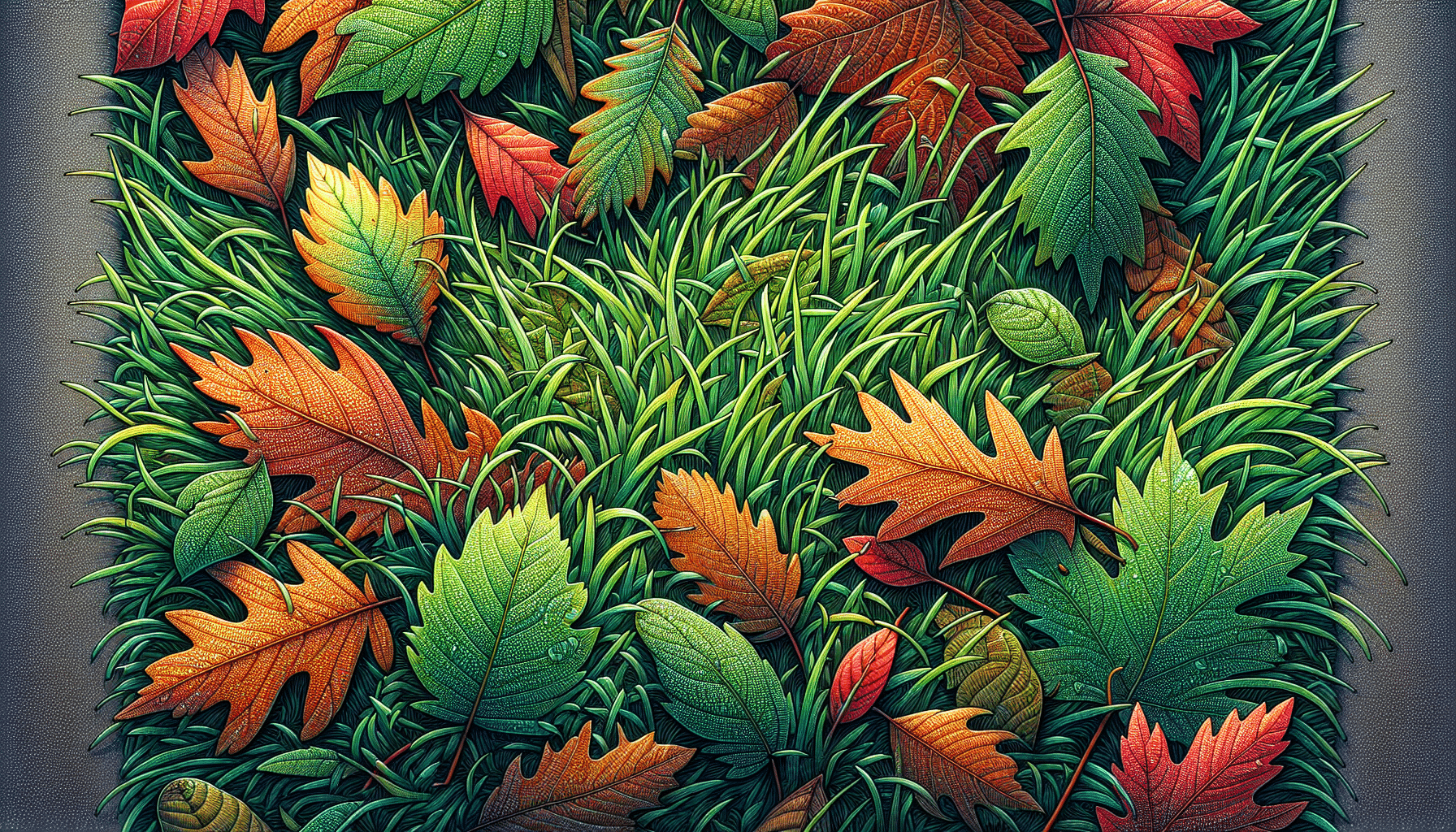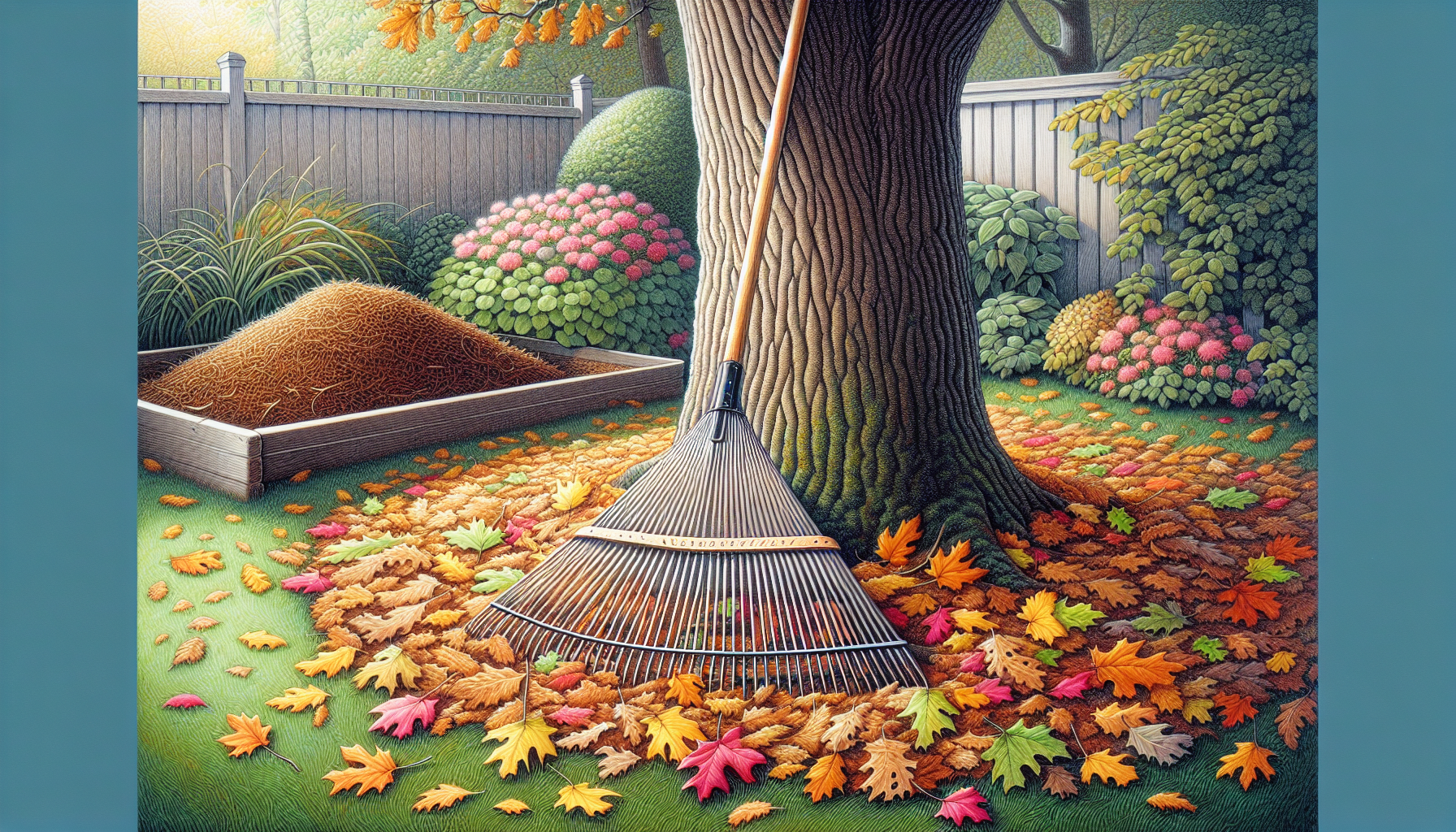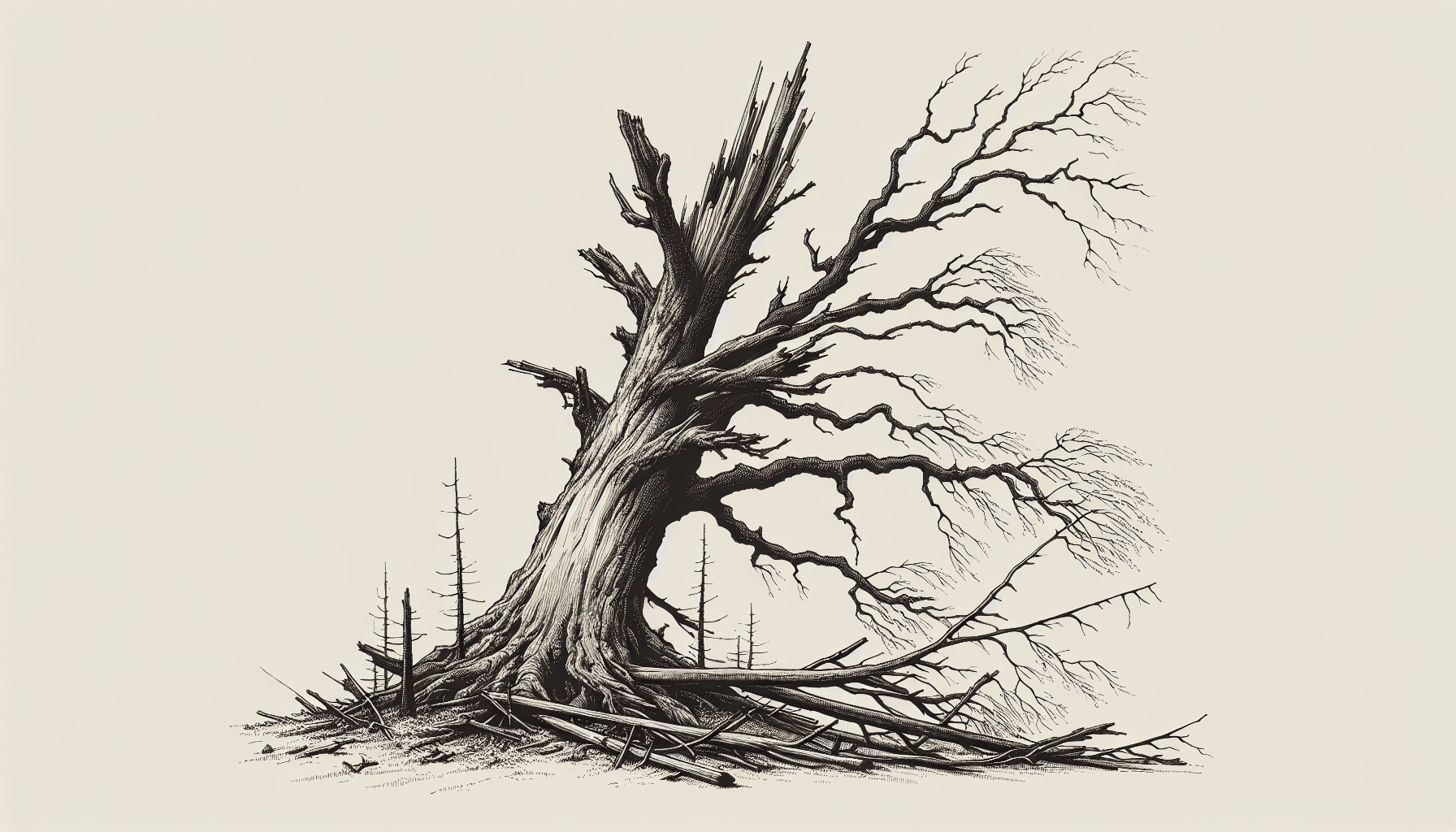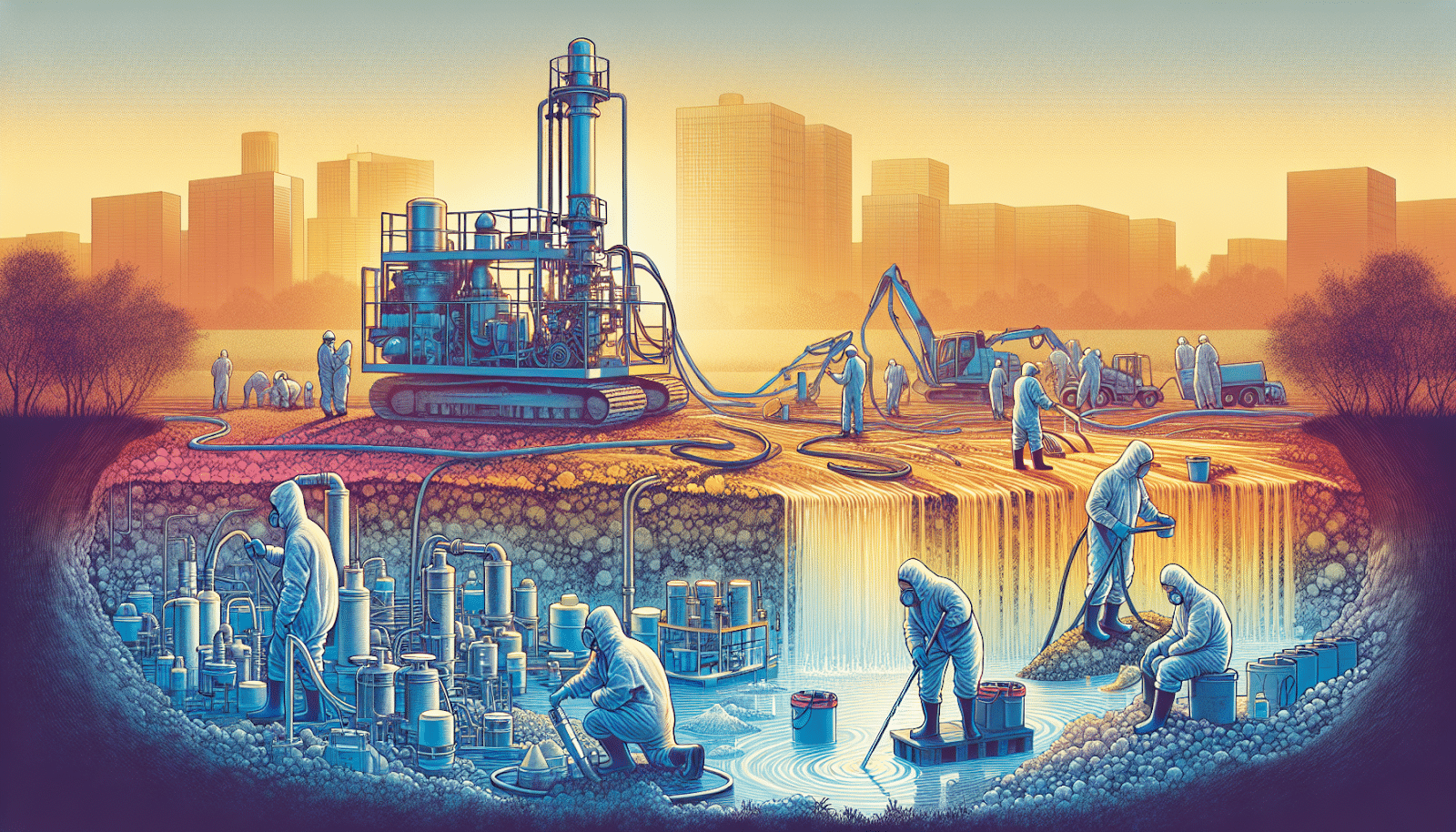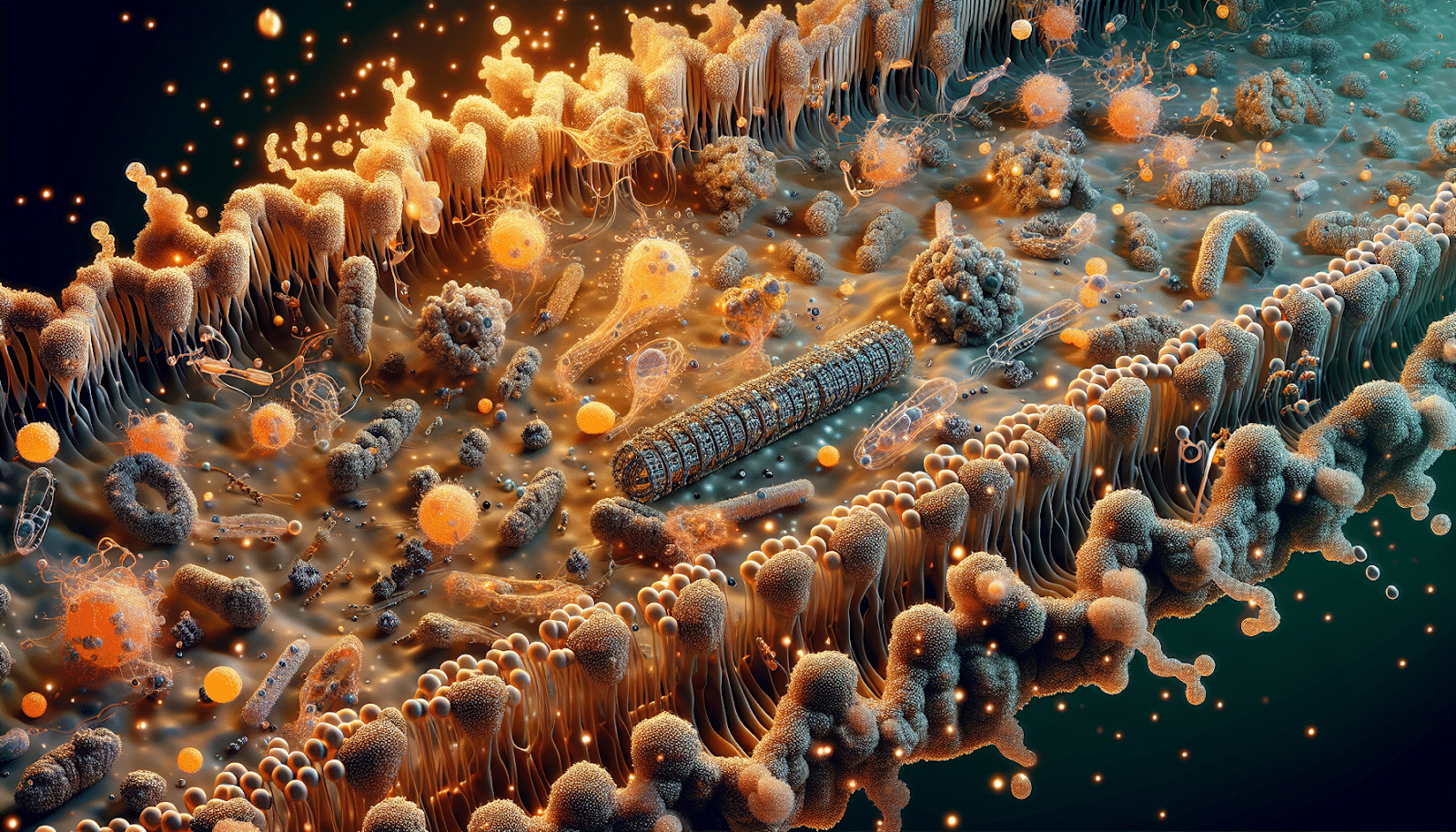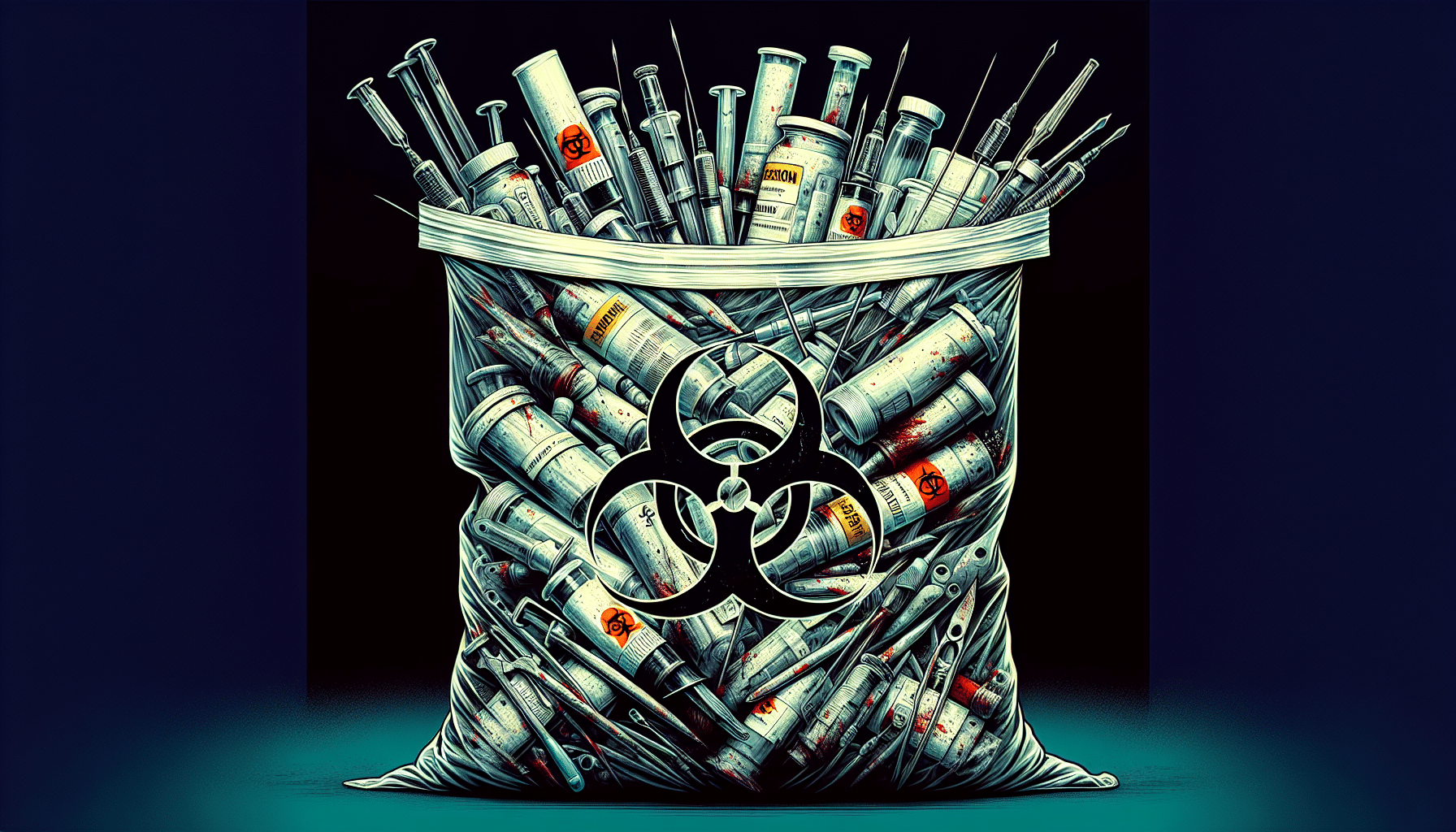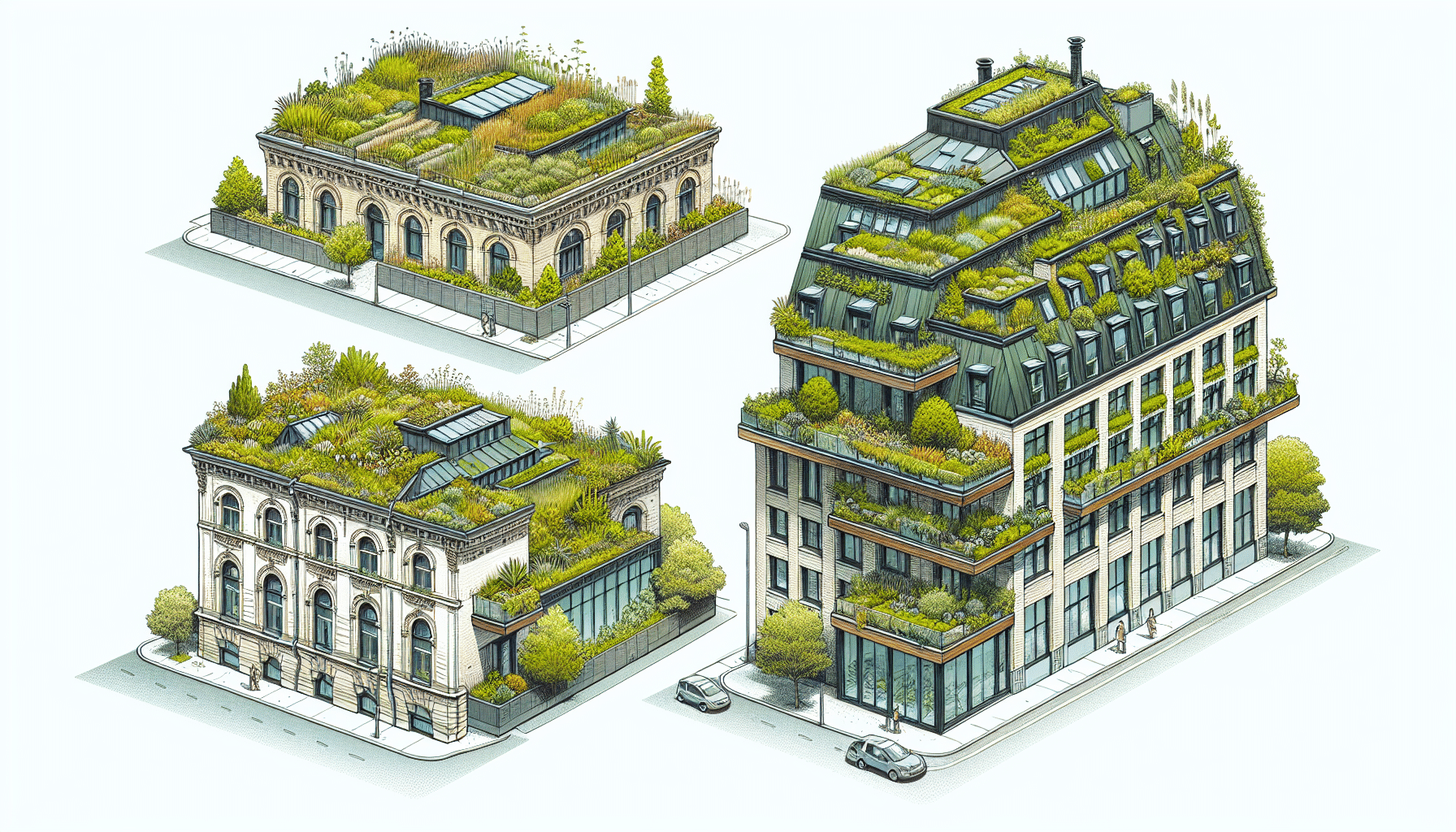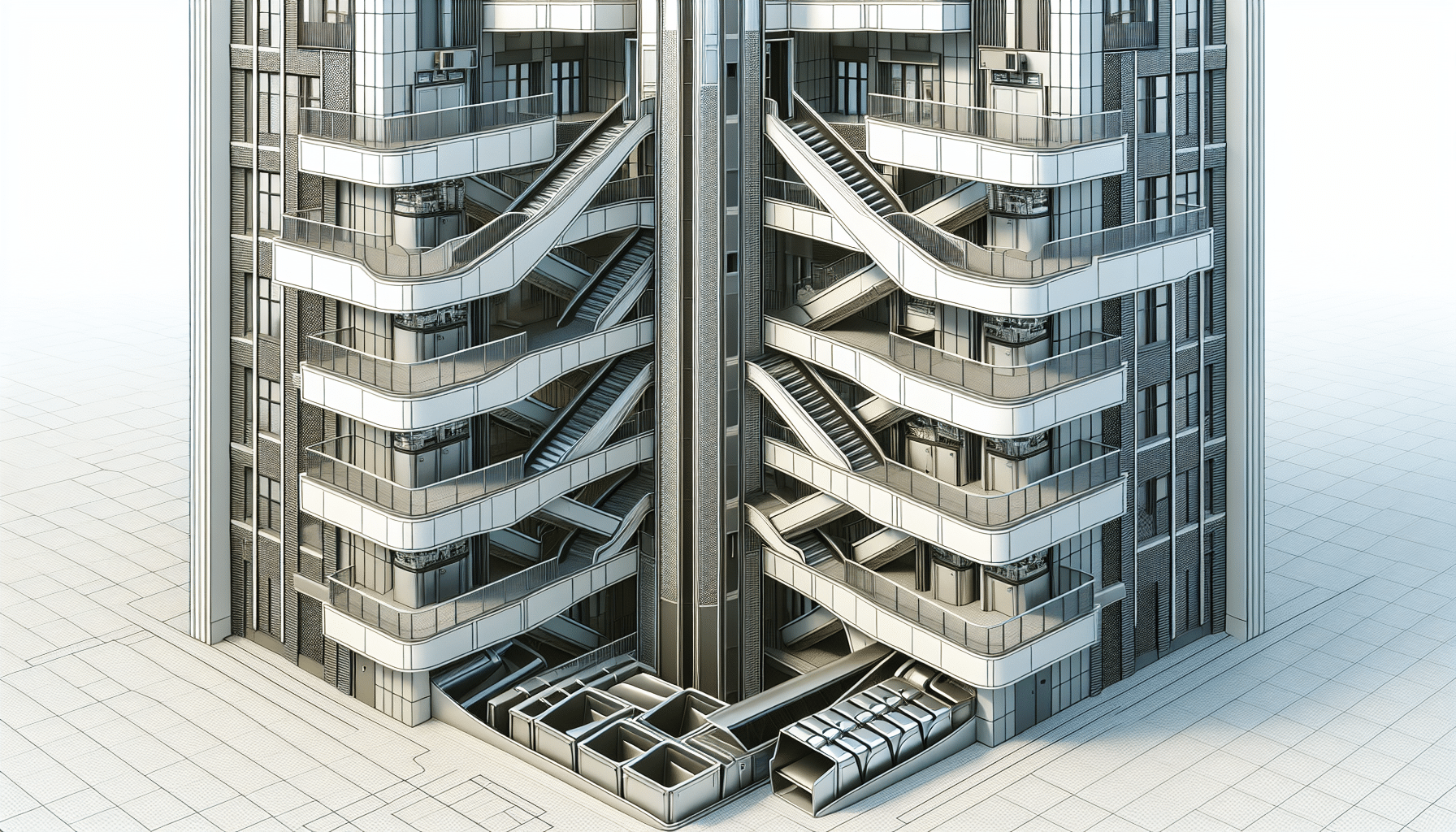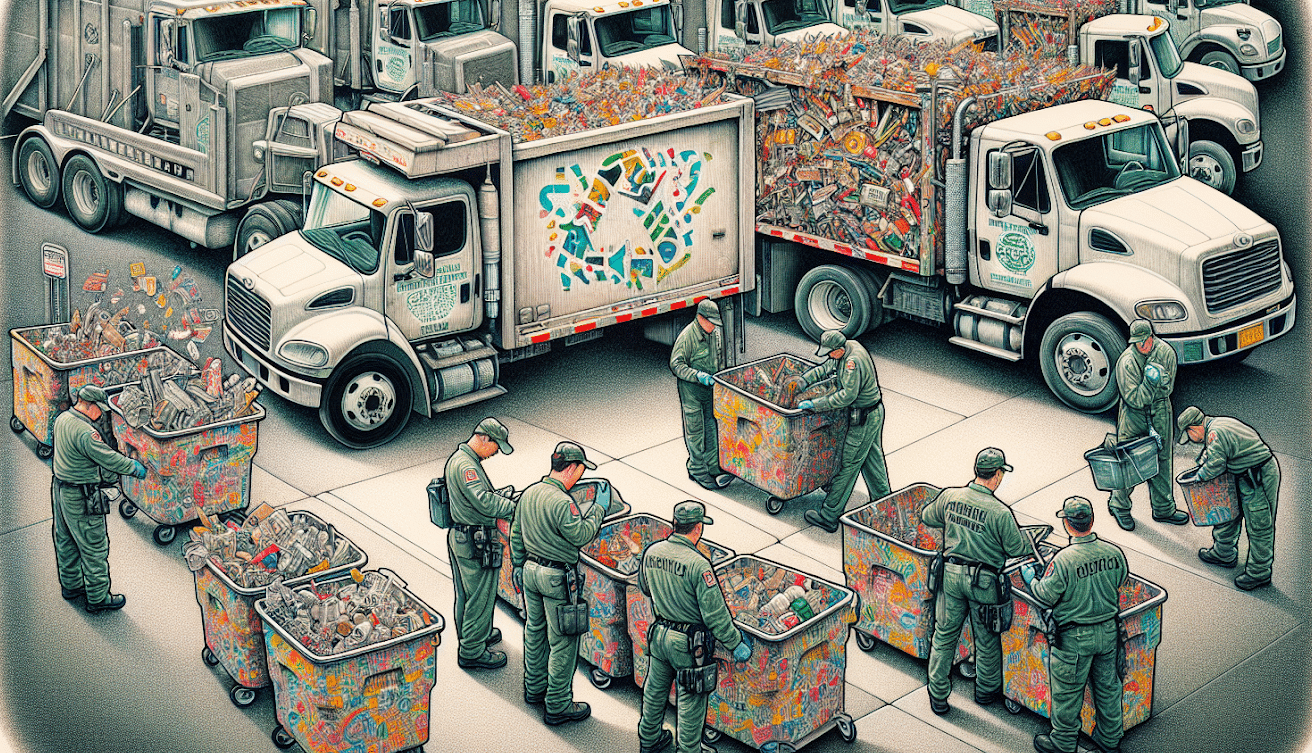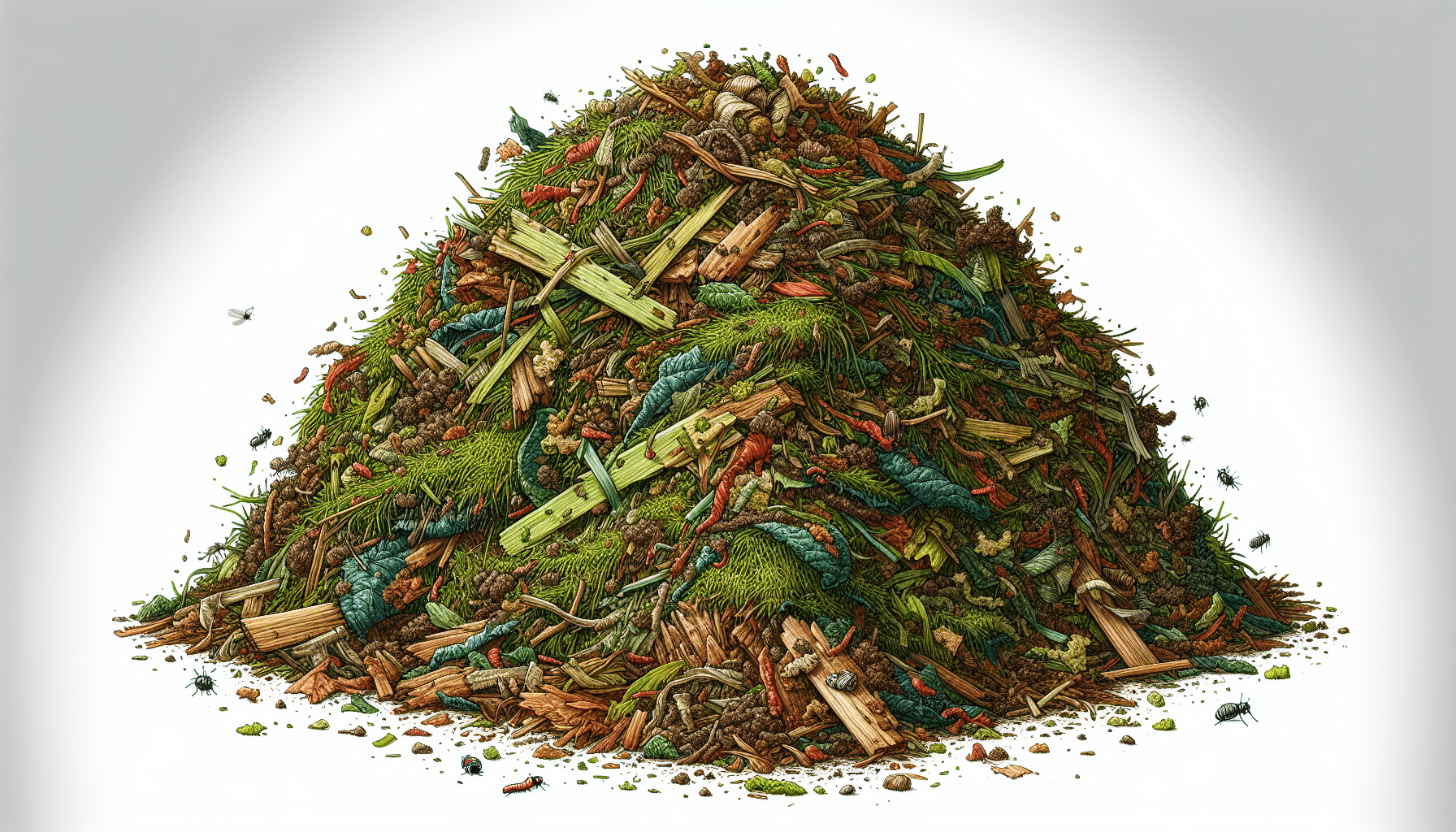Are you unsure what to do with your yard clippings? This guide covers the best ways to manage them, such as grasscycling, composting, mulching, and safe disposal methods, to keep your lawn and garden healthy.
Key Takeaways
- When managed properly, yard clippings are beneficial for lawn health. They provide nutrients, improve soil quality, and reduce the need for fertilizers.
- Grasscycling (leaving clippings on the lawn) and composting are effective ways to recycle yard waste, support a healthier lawn, and reduce landfill waste.
- Use yard clippings creatively, such as feeding local wildlife or creating natural pathways, to reduce waste and enhance your garden’s biodiversity.
Understanding Yard Clippings
Managing yard clippings effectively maintains a healthy lawn and garden. Composed mainly of grass clippings, they enhance fertility, help control pests and diseases, and optimize irrigation. Handling yard clippings can range from natural, low-resource methods to resource-intensive approaches. Recognizing the benefits and clearing up misconceptions about yard clippings helps make informed choices.
Proper yard clipping management boosts lawn and garden health. Recycling nutrients back into the soil reduces the need for synthetic fertilizers and promotes greener lawns. However, misconceptions can lead to improper practices. Exploring the benefits and debunking myths is key.
Benefits of Yard Clippings
Using grass clippings on your lawn can significantly reduce the need for nitrogen fertilizers by recycling the nutrients they provide. As grass clippings decompose, they can return up to 25% of the nutrients back to the soil. This natural recycling process enhances soil health, aids in moisture retention, and provides essential nutrients to the grass, leading to a healthier, greener lawn.
Grasscycling, which involves leaving grass clippings on the lawn, retains moisture and replenishes soil nutrients. Using clippings as mulch improves soil, reduces weed growth, and conserves moisture. This practice recycles nutrients and significantly boosts overall soil health.
Common Misconceptions About Yard Clippings
A prevalent misconception is that grass clippings cause lawn disease, but they do not. Another myth is that clippings lead to thatch buildup, suffocating the lawn; however, this is untrue.
These myths often prompt people to dispose of grass clippings, missing their benefits. Understanding the facts about yard clippings helps make informed decisions and utilize their advantages without harming the lawn.
Grasscycling: Leaving Clippings on the Lawn
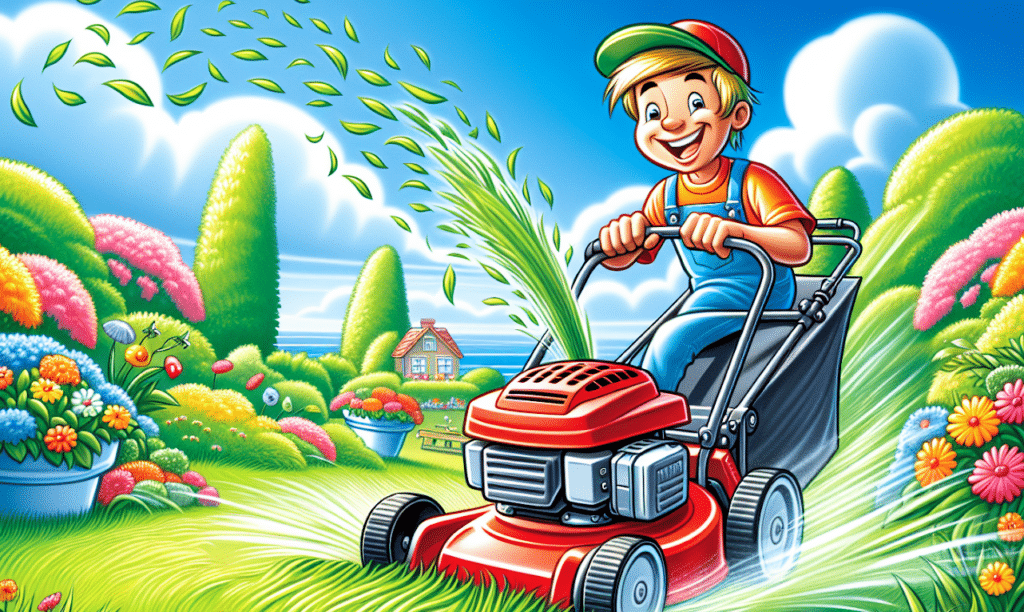
Grasscycling, or leaving clippings on the lawn after mowing, reduces maintenance costs by eliminating the need for bagging and disposal. However, if clippings form large clumps, it’s better to remove them to avoid hindering lawn growth.
Leaving clippings on the lawn provides a natural nutrient source for grass. This method saves time and effort while promoting a healthier lawn by recycling grass clippings left back into the soil.
We’ll explore effective grasscycling techniques and their benefits.
How to Grasscycle Effectively
Frequent mowing is key to effective grasscycling. Mow often enough to remove no more than one-third of the grass height each time, allowing clippings to decompose quickly and nourish the lawn without smothering it. When you cut grass, this practice becomes even more beneficial.
Seasonally adjusting mowing height promotes deeper root growth and protects grass from heat stress. Proper mowing techniques enhance grass health and support effective grasscycling.
Benefits of Grasscycling
Grasscycling significantly reduces landfill waste and associated methane emissions by recycling organic waste like grass clippings, thus lowering environmental impact. It also suppresses weed growth by blocking sunlight.
Managing grass clippings well enhances soil health and reduces the need for chemical fertilizers. It conserves moisture, decreasing the need for frequent irrigation. Grasscycling supports a healthier, more resilient lawn and benefits the environment.
Composting Yard Clippings
Composting yard clippings recycles organic matter and creates nutrient-rich compost for the garden. This method turns clippings into a valuable resource that improves soil quality. Starting a compost pile or using a compost bin significantly benefits your garden and reduces waste.
Building a compost pile requires layering green and brown materials. A compost bin offers more efficient management, and troubleshooting common issues ensures successful composting.
Let’s explore these methods in detail.
Starting a Compost Pile
Begin a compost pile by choosing a suitable location and gathering appropriate materials. To prevent disease spread, dispose of clippings from infected plants or drop off yard waste at designated compost sites for proper processing.
Start with coarse materials like twigs for a successful compost pile, then add grass clippings and kitchen scraps. Maintain a 4:1 ratio of brown to green materials in your compost piles. Mix the pile every two weeks to speed up decomposition.
Using a Compost Bin
A compost bin provides a controlled environment for composting yard clippings. Mix equal parts compost grass clippings and brown materials like dried leaves to maintain a balanced carbon-to-nitrogen ratio. Grass clippings decompose within a few weeks when regularly turned in a compost bin.
To ensure optimal decomposition, avoid adding freshly mowed, chemically treated grass within the past two weeks. A mower with a bag attachment helps efficiently collect grass clippings for your compost bin.
Troubleshooting Compost Issues
To prevent unpleasant odors, maintain a balanced carbon-nitrogen ratio and turn the pile regularly. Mix clippings with dry materials to avoid anaerobic conditions and unpleasant smells during decomposition.
A closed compost bin minimizes pests and odors while retaining moisture and heat, enhancing decomposition. Covering the compost pile helps retain essential heat and humidity.
Following these tips ensures a successful composting system for yard clippings.
Using Yard Clippings as Mulch
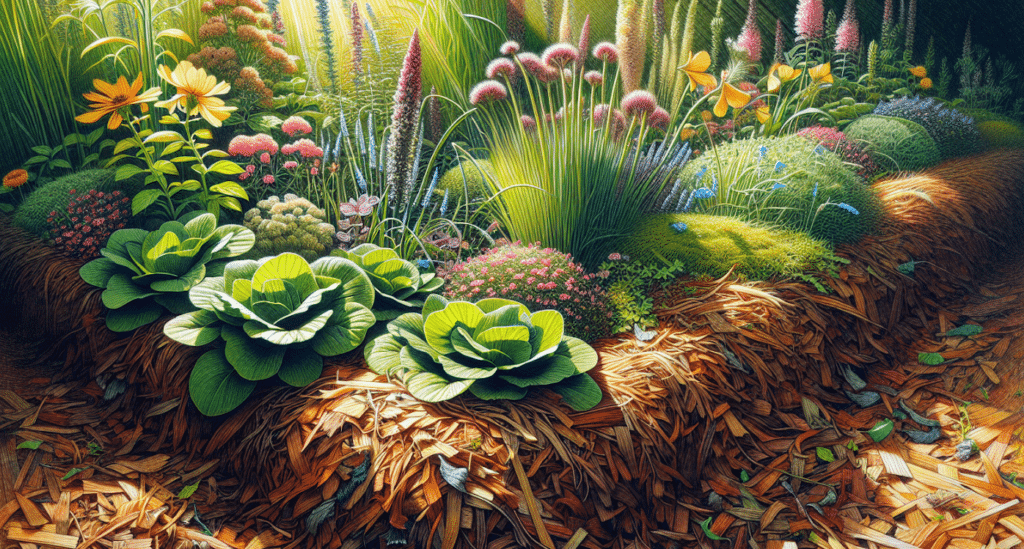
Using yard clippings as mulch improves soil health, conserves moisture, and suppresses weed growth. Apply grass clippings to garden beds, around trees, and on the lawn. Correct application avoids issues like matting and mold growth.
For optimal results without issues, apply a thin layer of grass clippings, ideally no more than 1 to 2 inches thick. We’ll explore the benefits and best practices for using yard clippings as mulch.
Benefits of Mulching with Yard Clippings
Using grass clippings as mulch significantly improves soil health by retaining moisture and providing essential nutrients. Dry clippings are best for effective mulching, as they decompose slowly and provide a steady nutrient release.
Mulching with grass clippings also suppresses weed growth by blocking sunlight and creating a barrier for weeds. Using yard clippings as mulch fosters a healthier, more resilient garden.
Best Practices for Mulching
Apply a thin layer of fresh grass clippings, no more than ¼ inch thick, to prevent odor and decay. Proper mulching avoids matting and mold growth. Adhering to the recommended thickness maintains healthy soil conditions and promotes effective moisture retention.
Use dry clippings mixed with other organic materials to prevent matting and ensure airflow. Following these best practices enhances the health of your garden’s yard clippings as mulch.
When to Remove and Dispose of Yard Clippings
Although beneficial, there are times when yard clippings should be removed and disposed of, especially if they are weedy or diseased, to prevent the spread of issues in your lawn.
Heavy grass clippings can cause dead patches, lawn disease, or insect infestations. For a ‘no-mow May’ initiative, mow at the highest setting and bag clippings to avoid smothering the grass.
Dealing with Weedy or Diseased Clippings
Removing diseased grass clippings reduces pathogen spread. Diseased clippings can still be composted with proper precautions. Clippings that mat together due to wet conditions or overgrowth can damage the lawn.
After herbicide application, wait for two or three mowings before composting the clippings. These steps help prevent disease spread and maintain a healthy lawn and garden.
Proper Disposal Methods
Many municipalities offer yard waste disposal programs. In Ontario, yard waste is collected biweekly. Eco-friendly disposal methods for yard clippings reduce waste and benefit the environment.
Consult your local municipality for yard waste disposal programs. These programs often include curbside pickup or designated drop-off sites, ensuring eco-friendly disposal of yard clippings.
Alternative Uses for Yard Clippings
Beyond composting and mulching, yard clippings can be creatively reused, reducing waste and offering ecological benefits. Innovative uses include feeding local wildlife and creating natural pathways.
We’ll explore using yard clippings to feed herbivores and create soft, natural garden pathways.
Feeding Local Wildlife
Fresh grass clippings, free from herbicides, are safe and nutritious for herbivores like rabbits, goats, and chickens. These animals are attracted to clippings and benefit from them as a food source.
Providing fresh, untreated grass clippings to local herbivores enhances garden biodiversity and supports wildlife. This practice benefits animals and reduces waste.
Creating Natural Pathways
Creating natural pathways with yard clippings is practical and aesthetic. Layer clippings several inches thick for cushioning and to define walking areas. This method suppresses weed growth and enriches the soil over time.
Maintain pathways by replenishing and mixing in new clippings as needed. This approach reduces yard waste and enhances garden aesthetics, creating soft, natural walkways that blend with the landscape.
Summary
Managing yard clippings effectively can transform your garden maintenance routine and contribute to a healthier environment. From grasscycling and composting to using them as mulch and exploring creative alternatives, numerous ways exist to make the most of your yard clippings. Proper management enhances soil health, reduces waste, supports local wildlife, and creates beautiful garden pathways.
By adopting these practices, you can reduce your reliance on synthetic fertilizers, conserve water, and minimize landfill waste. Embrace these eco-friendly solutions and turn your yard clippings into valuable resources that benefit both your garden and the environment.
Frequently Asked Questions
Can grass clippings cause lawn disease?
Grass clippings don’t cause lawn disease; they recycle nutrients and keep your lawn healthy. So feel free to leave them on the grass!
How often should I mow my lawn if I want to grasscycle?
To grasscycle effectively, mow your lawn often enough to trim off no more than one-third of its height each time. This keeps your grass healthy and helps return nutrients to the soil.
What should I do with grass clippings from a diseased lawn?
To keep your garden healthy, remove grass clippings from a diseased lawn to avoid spreading pathogens. If you want to compost them, just take proper precautions.
How thick should I apply grass clippings as mulch?
You should apply grass clippings as mulch in a thin layer, ideally around 1 to 2 inches thick, to avoid matting and help keep moisture in.
Are there eco-friendly disposal methods for yard clippings?
Definitely! Most towns have curbside pickup or drop-off spots for yard clippings, making it super easy to dispose of them eco-friendly.
